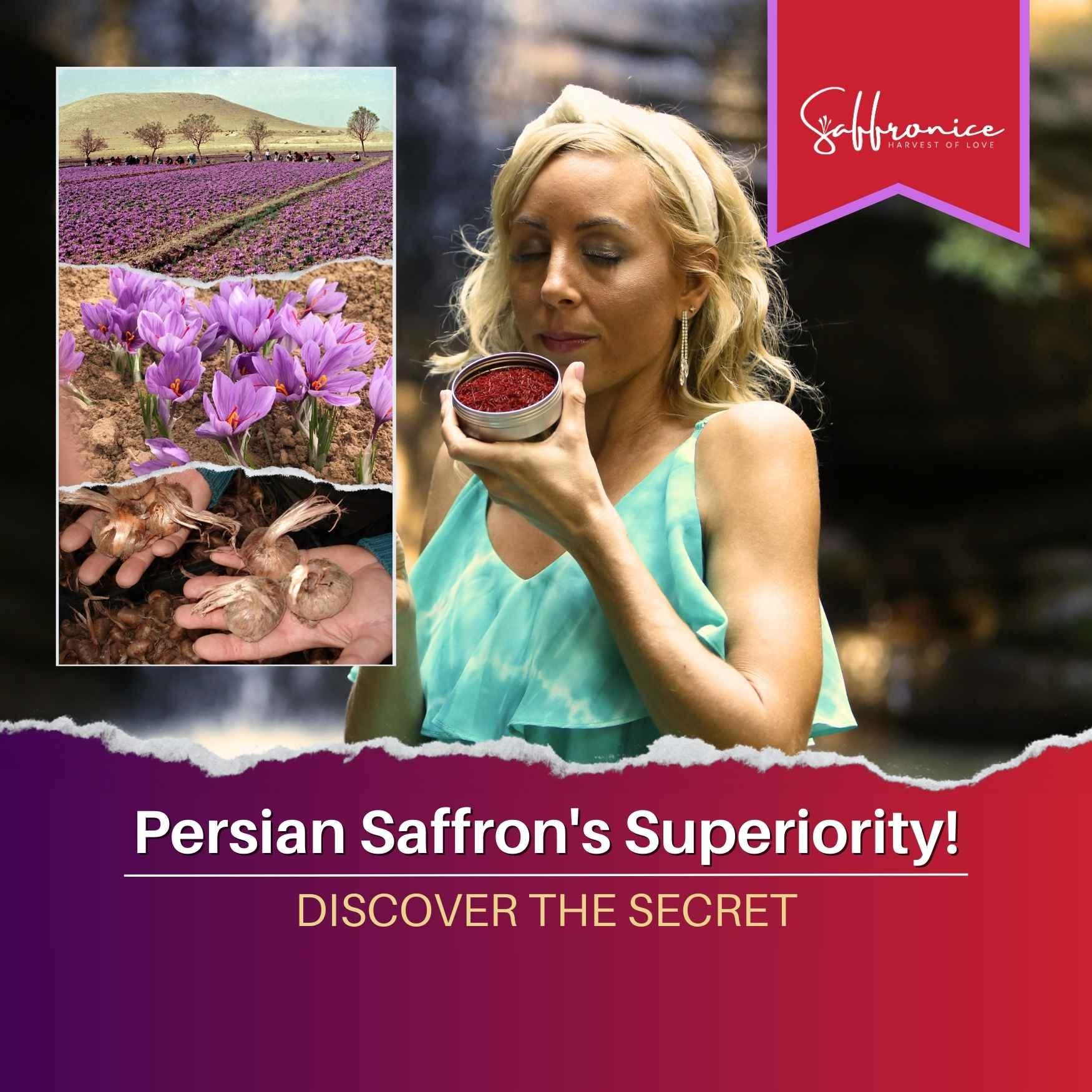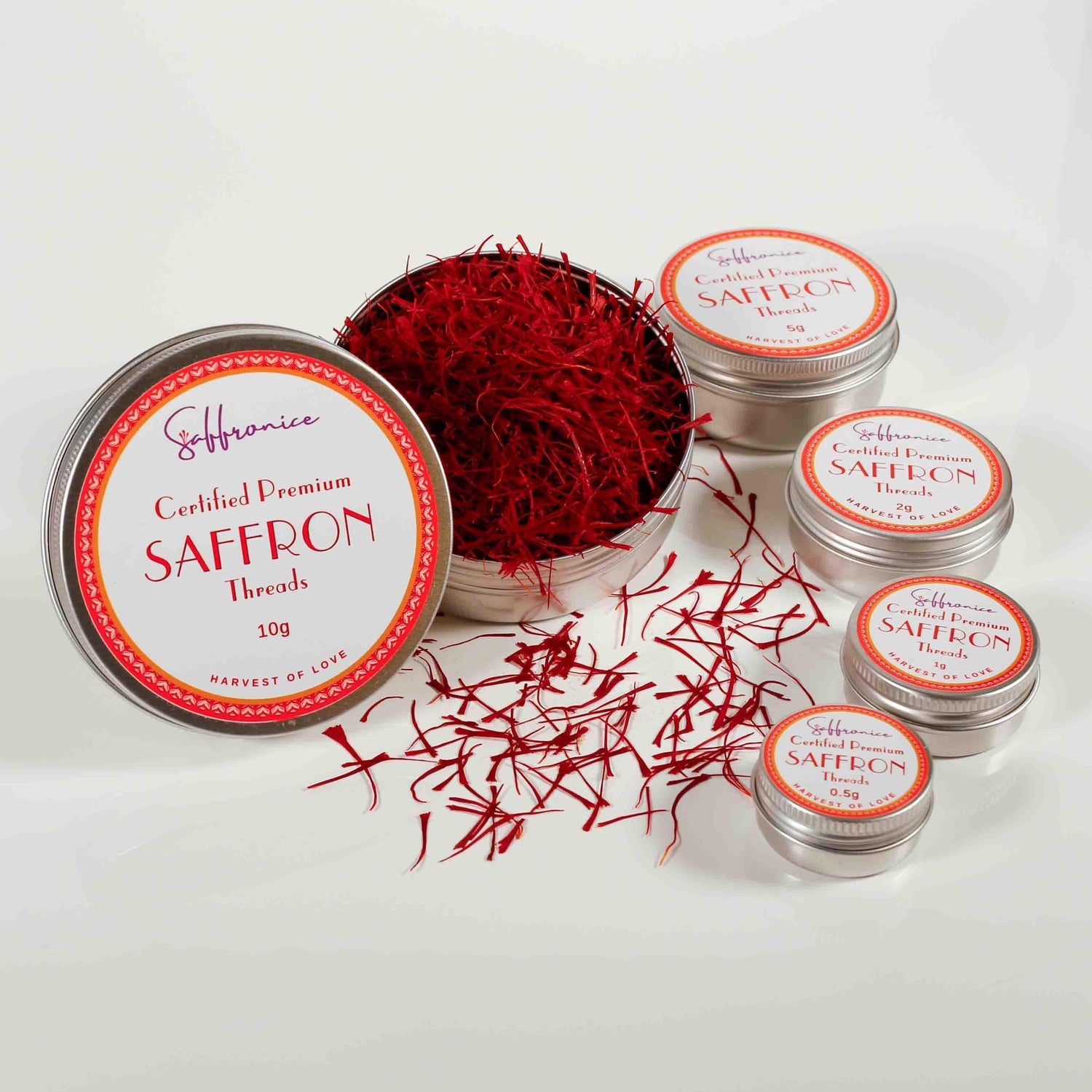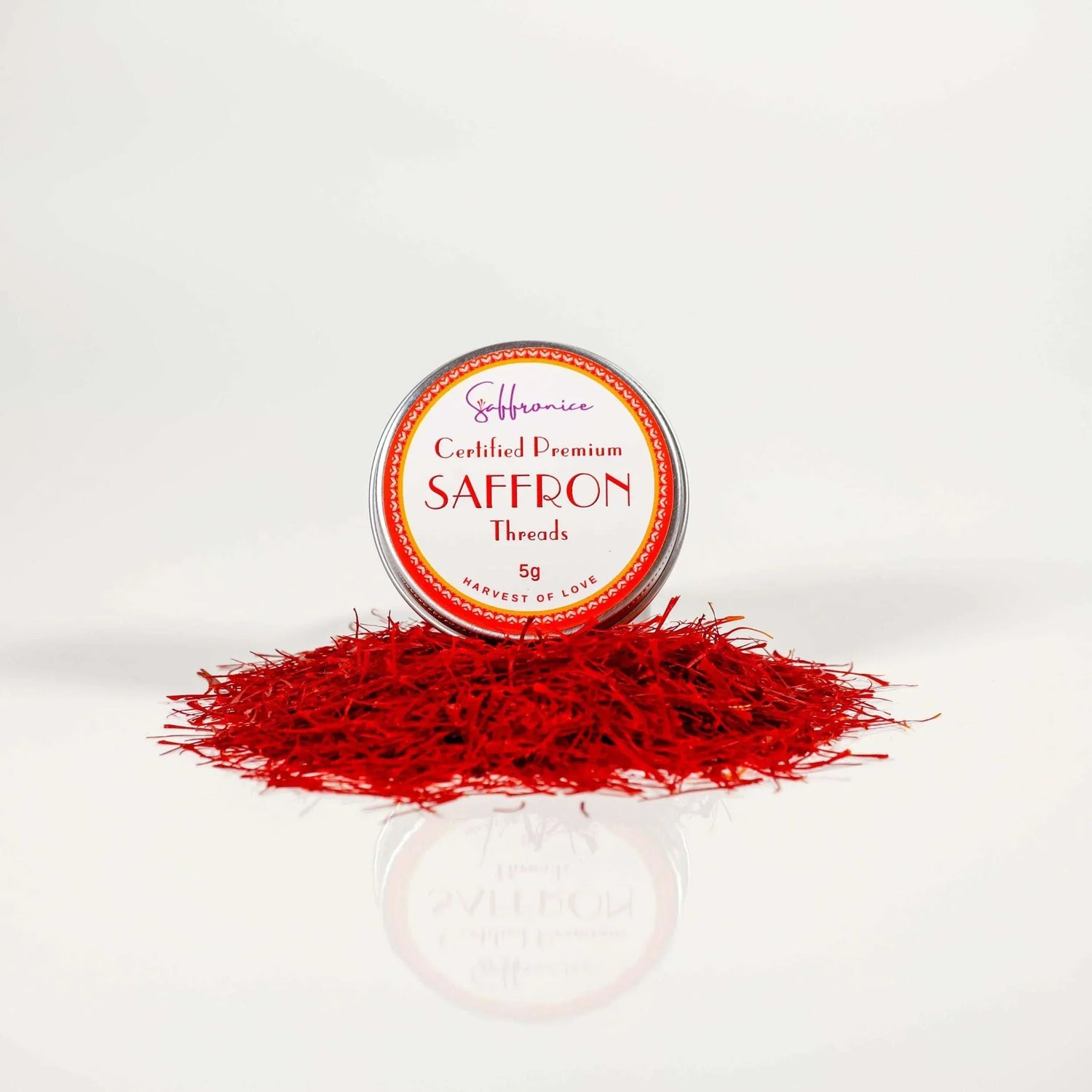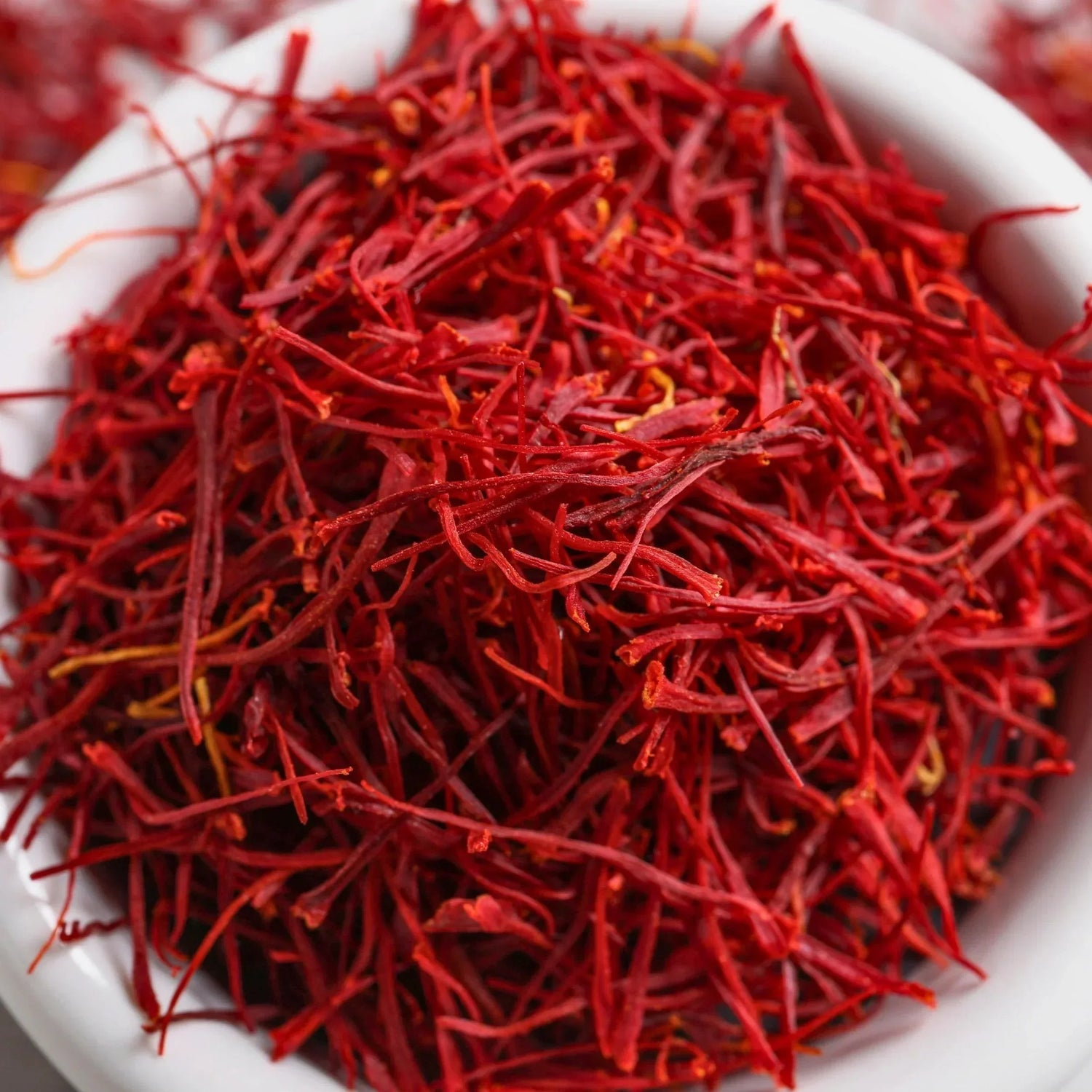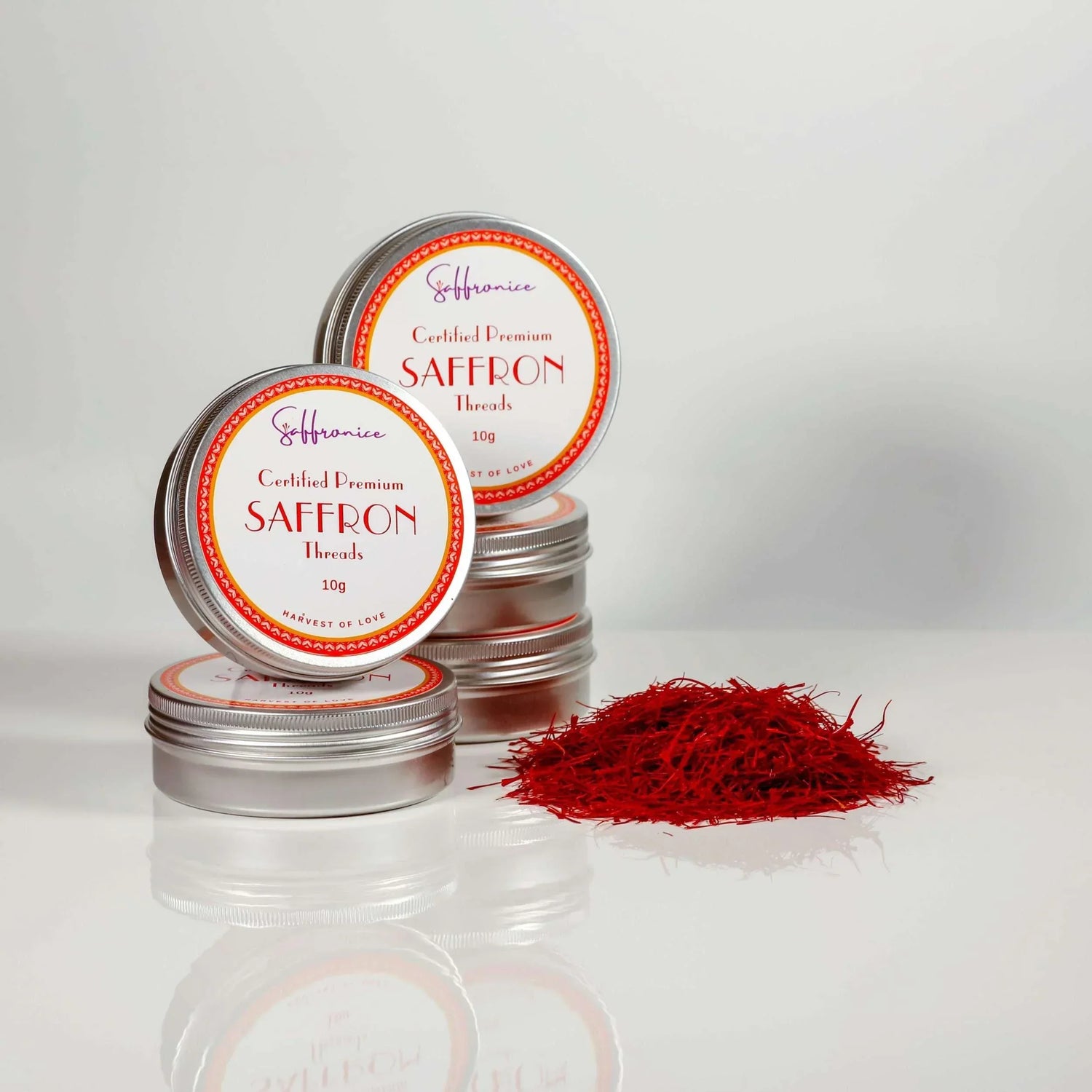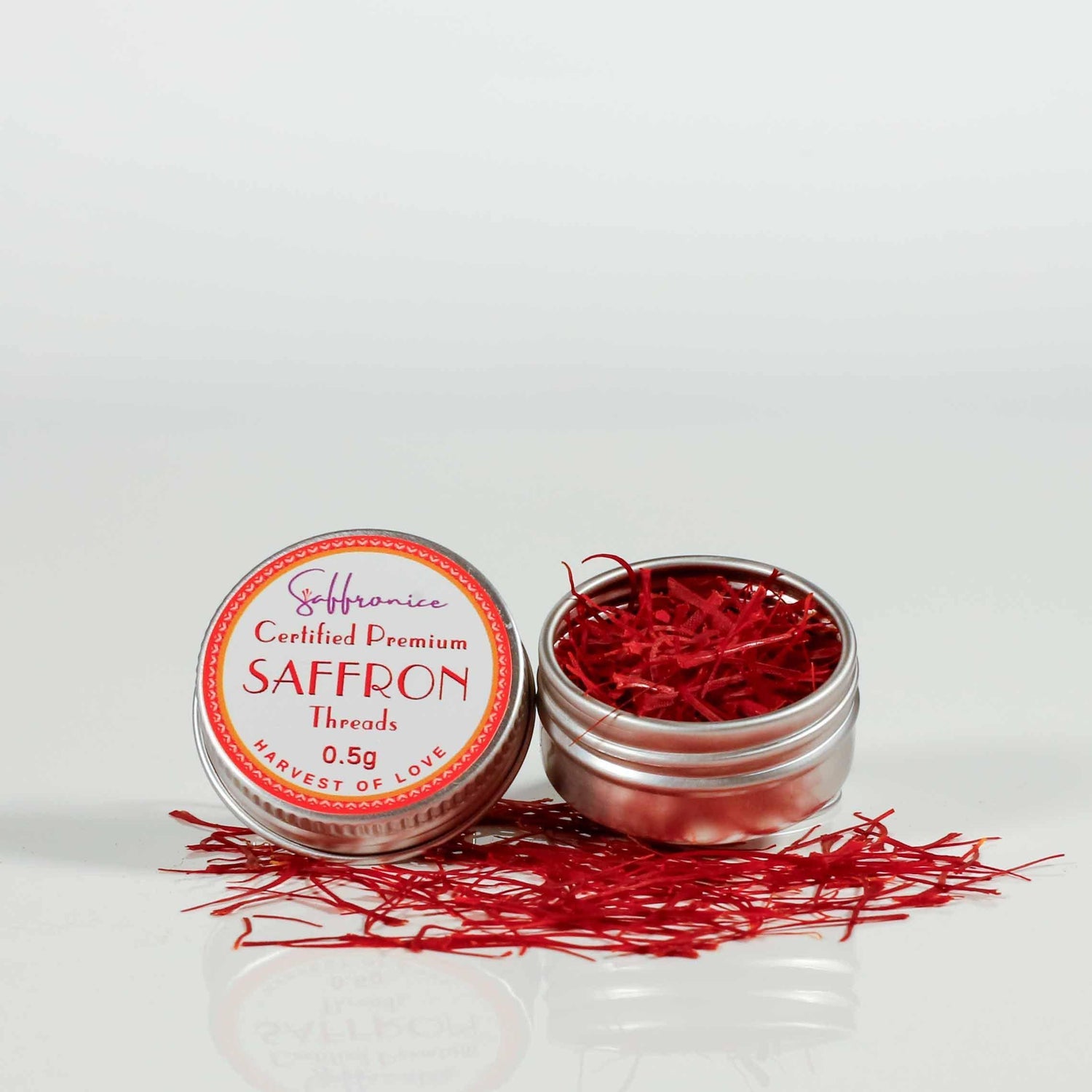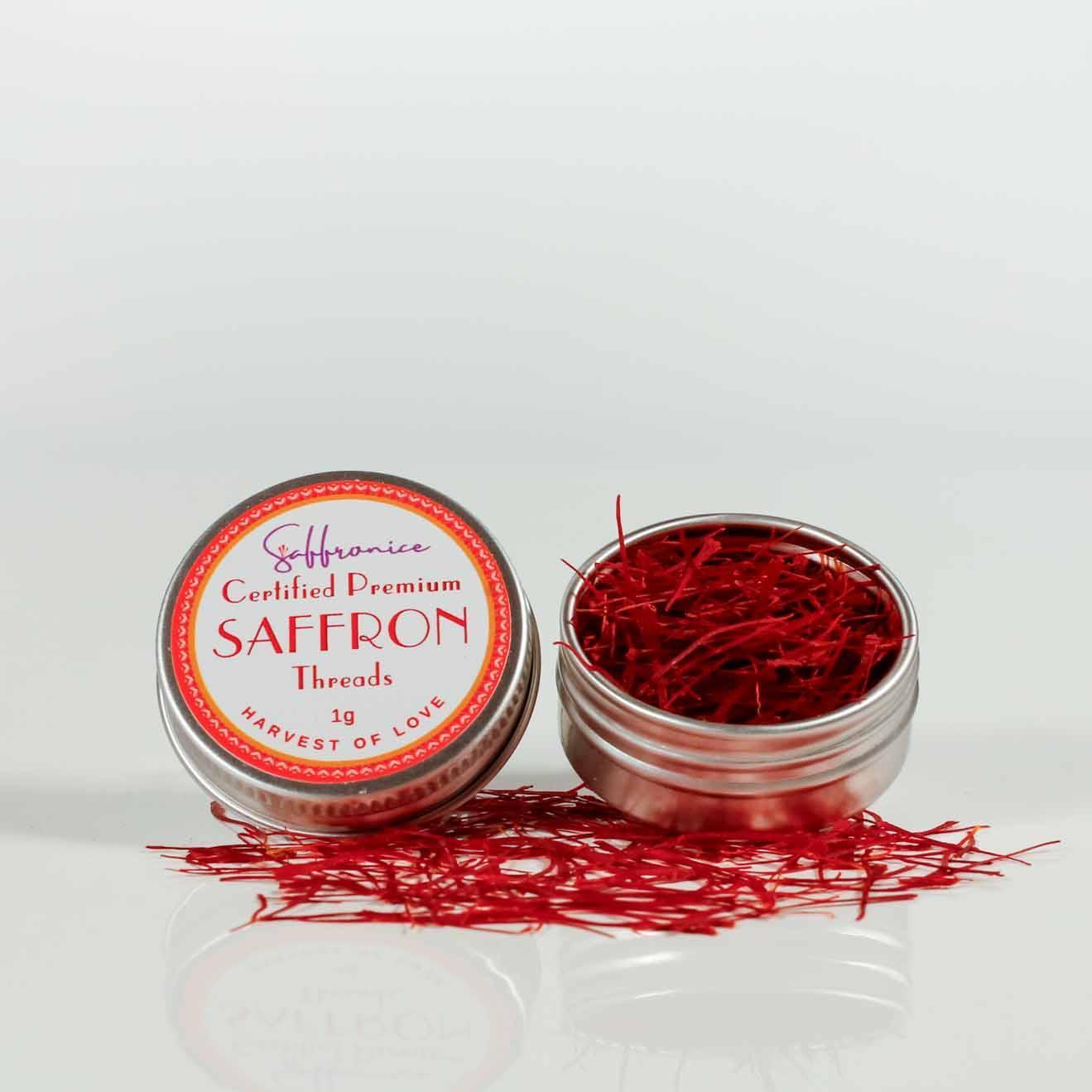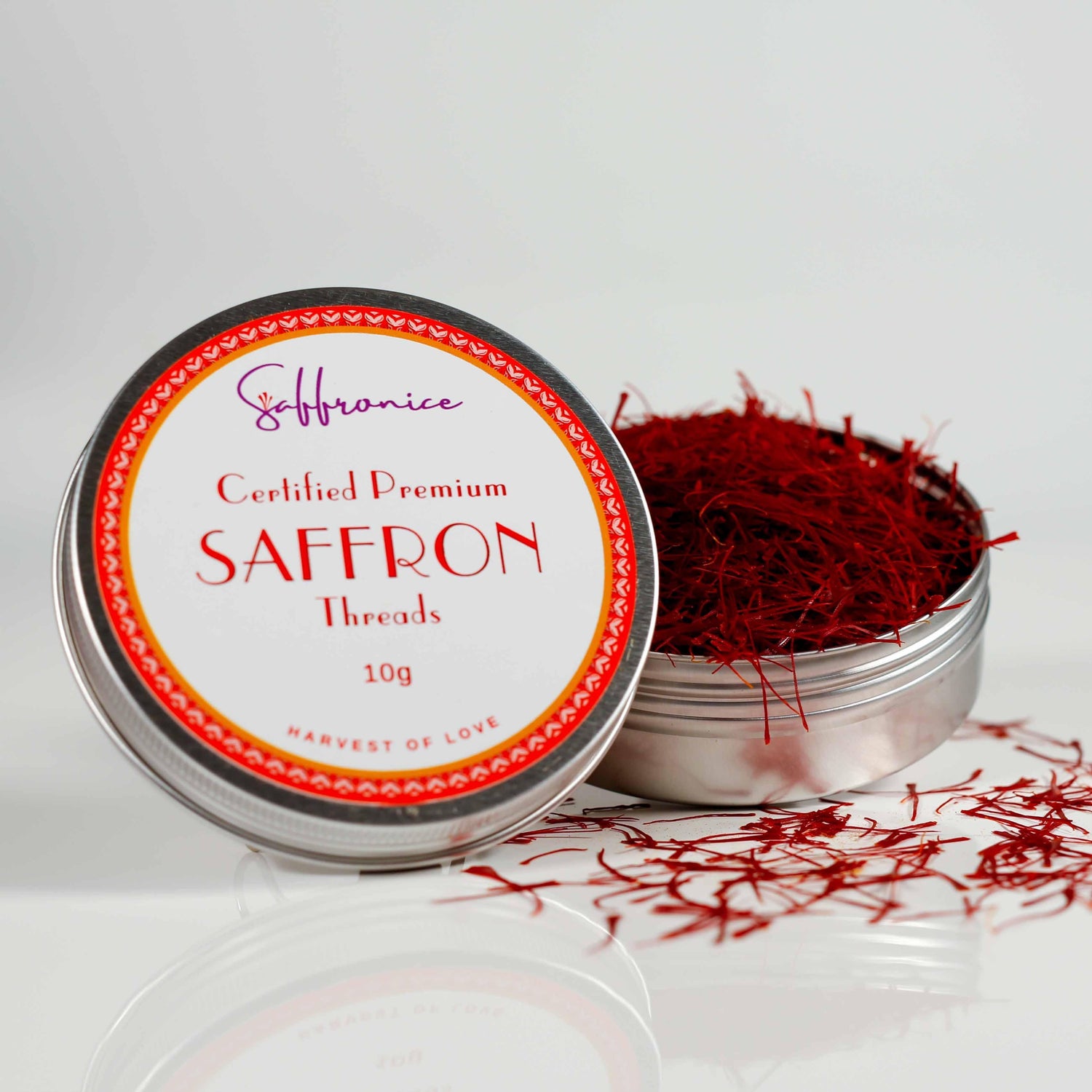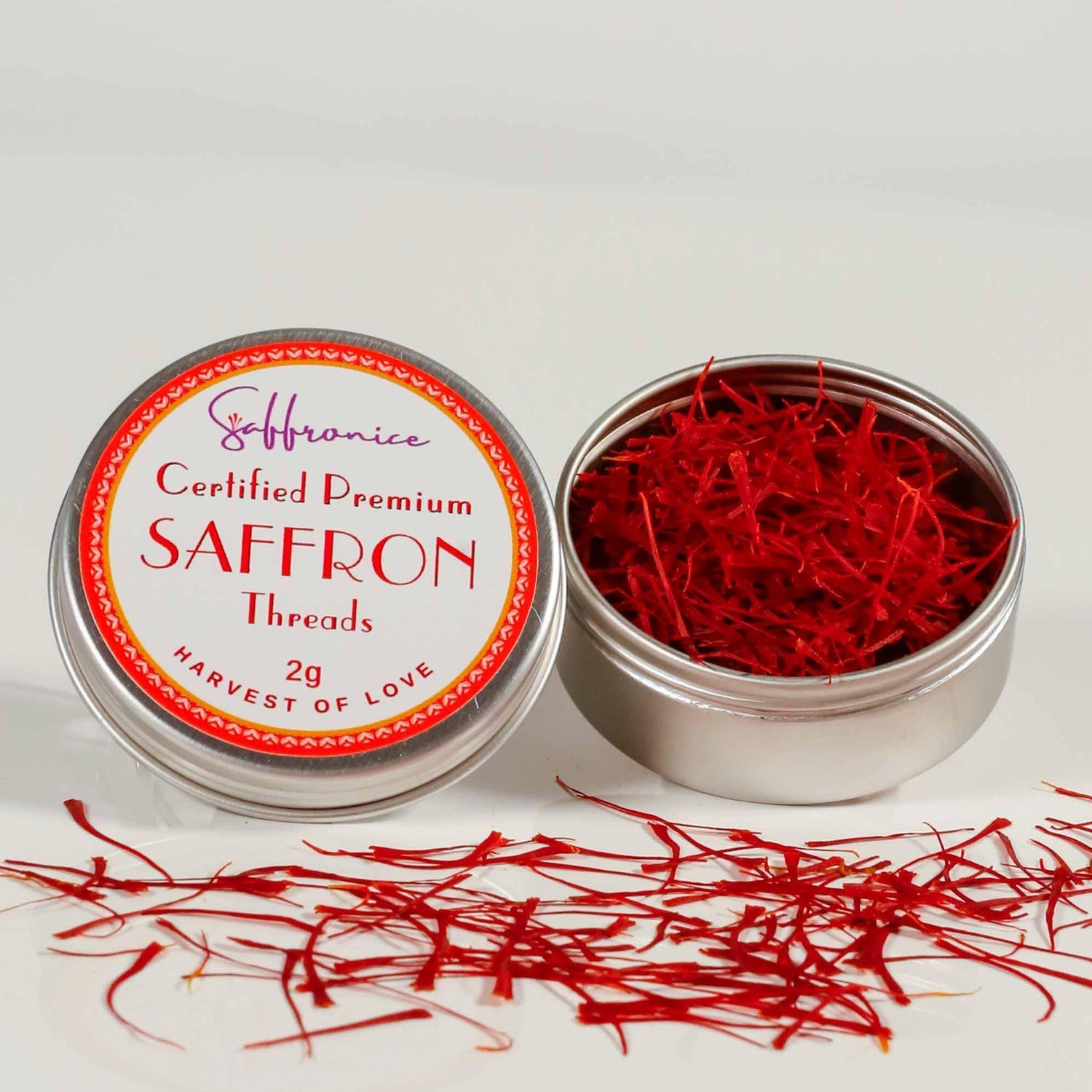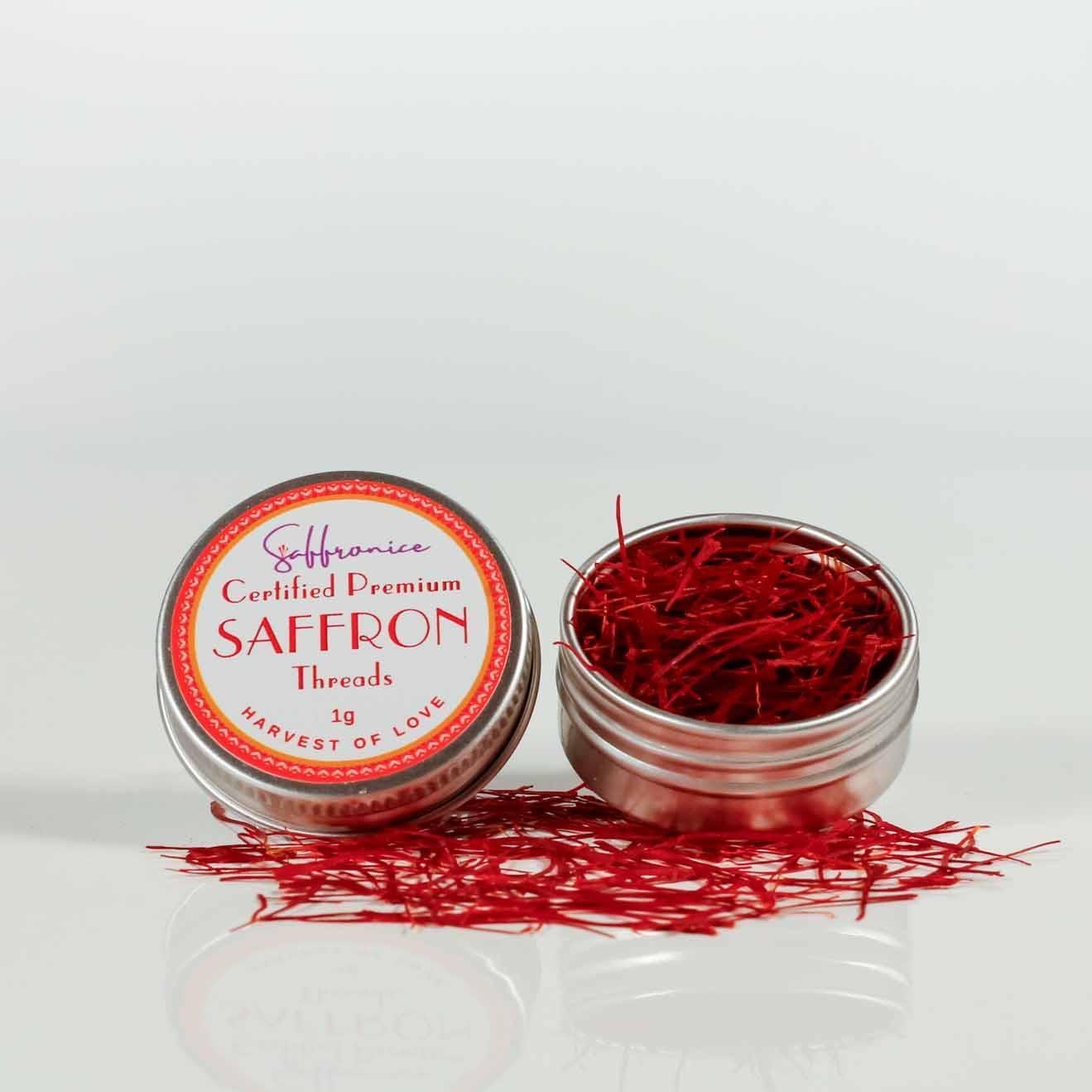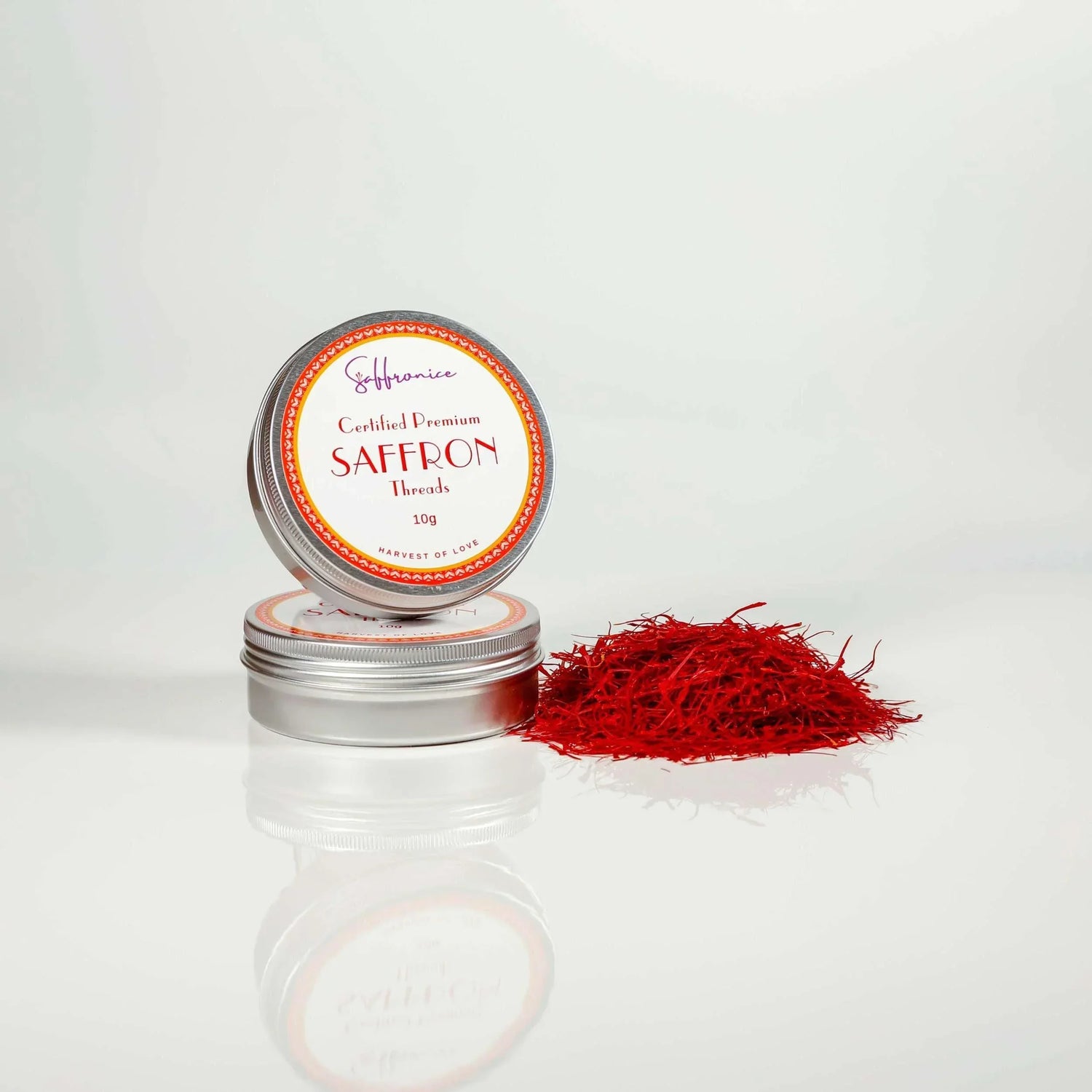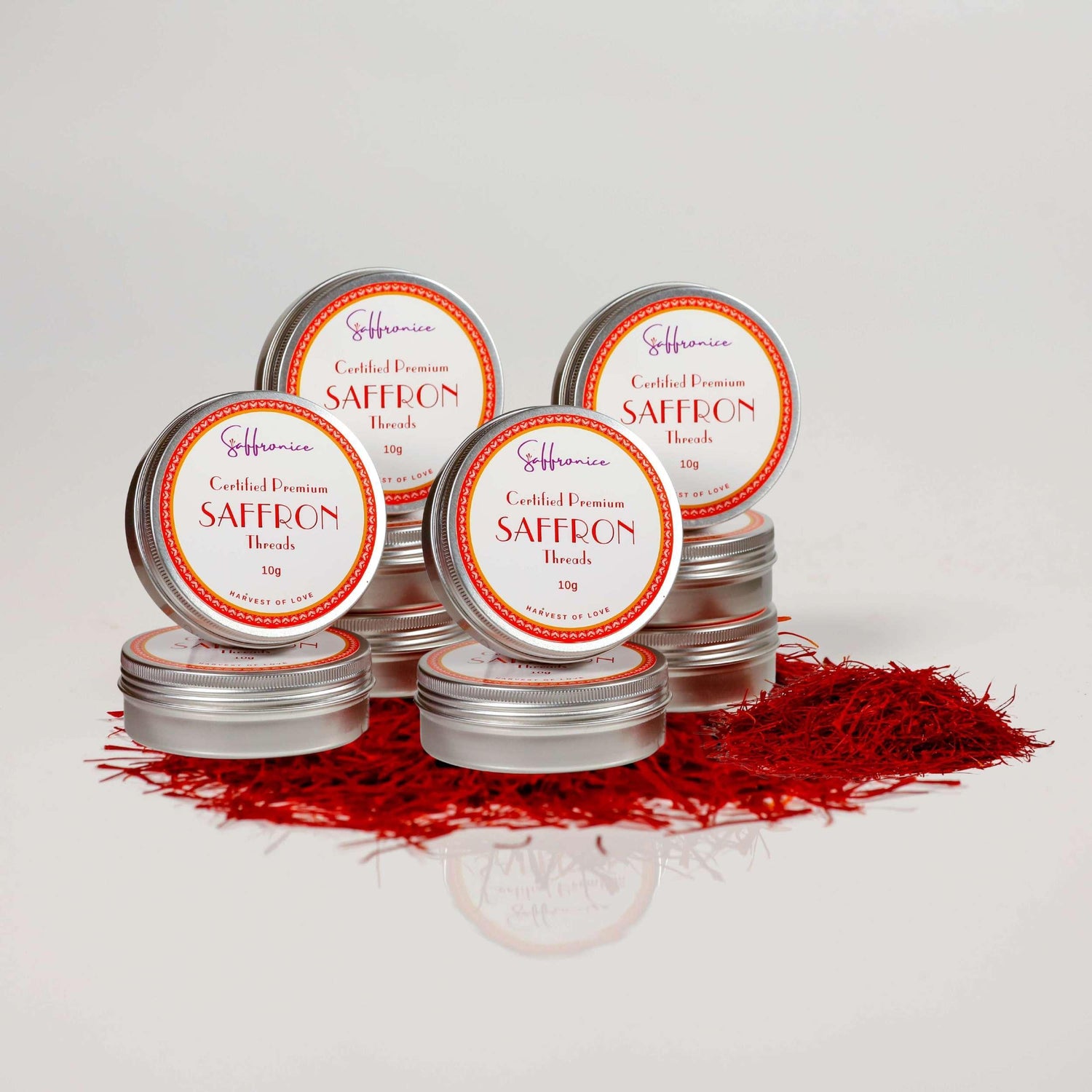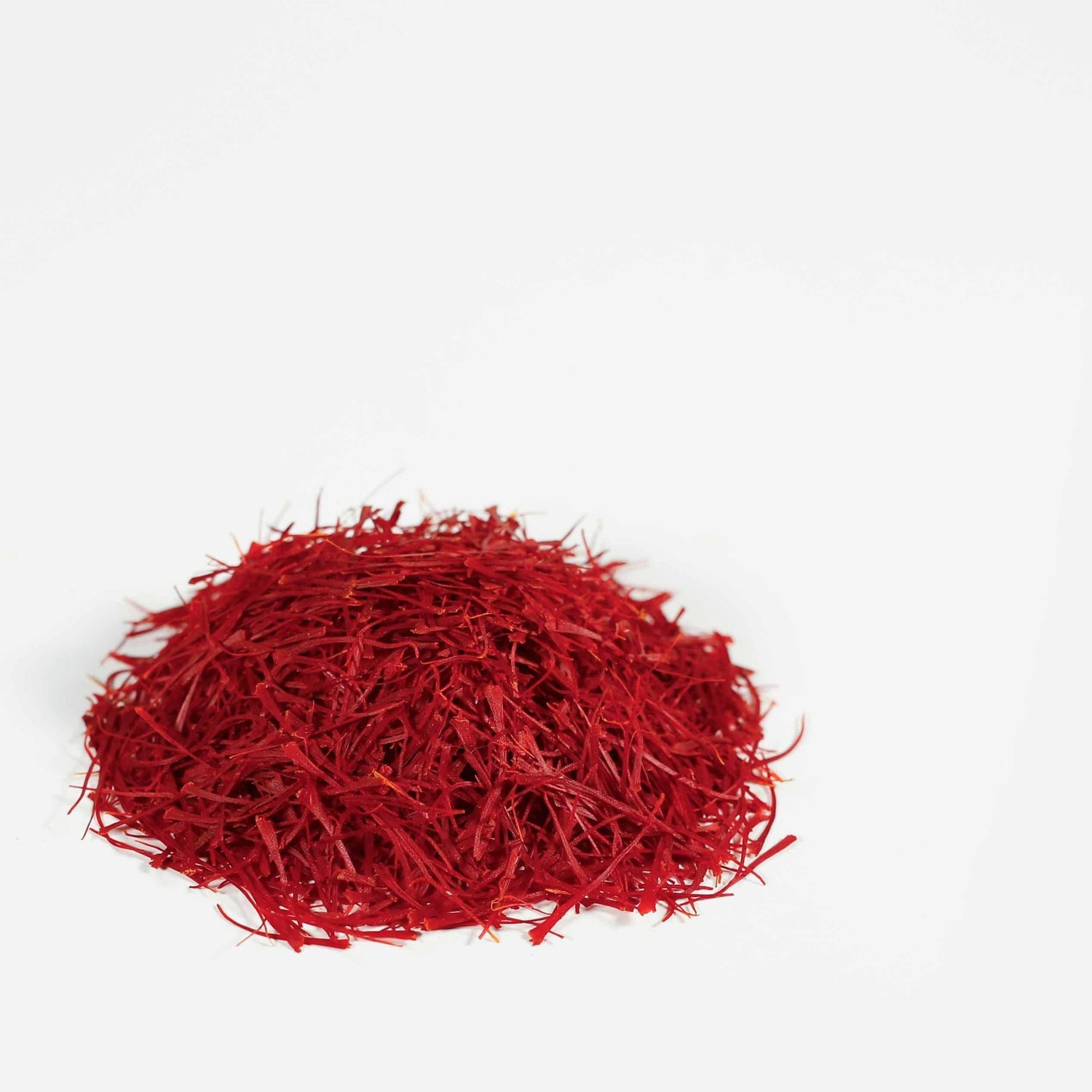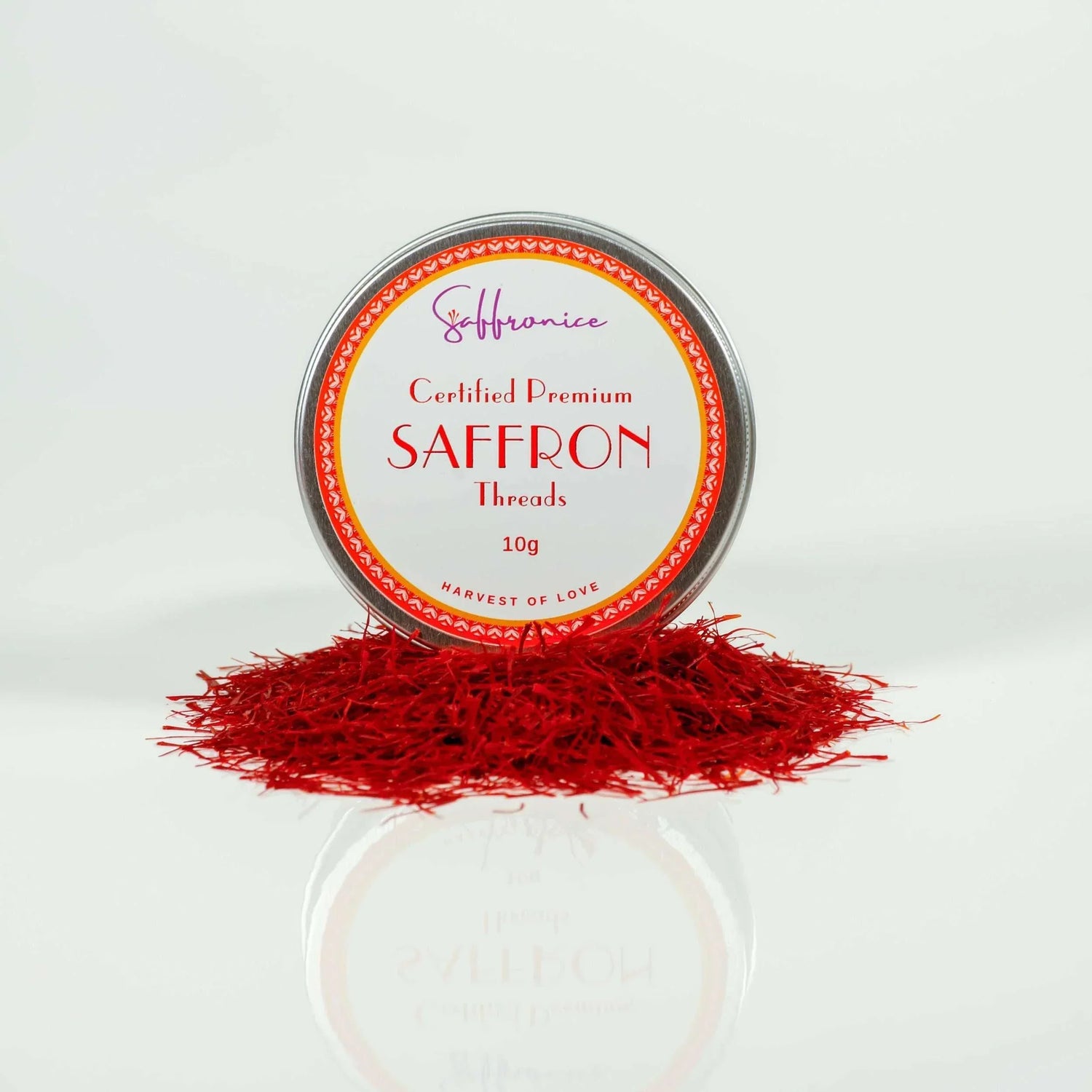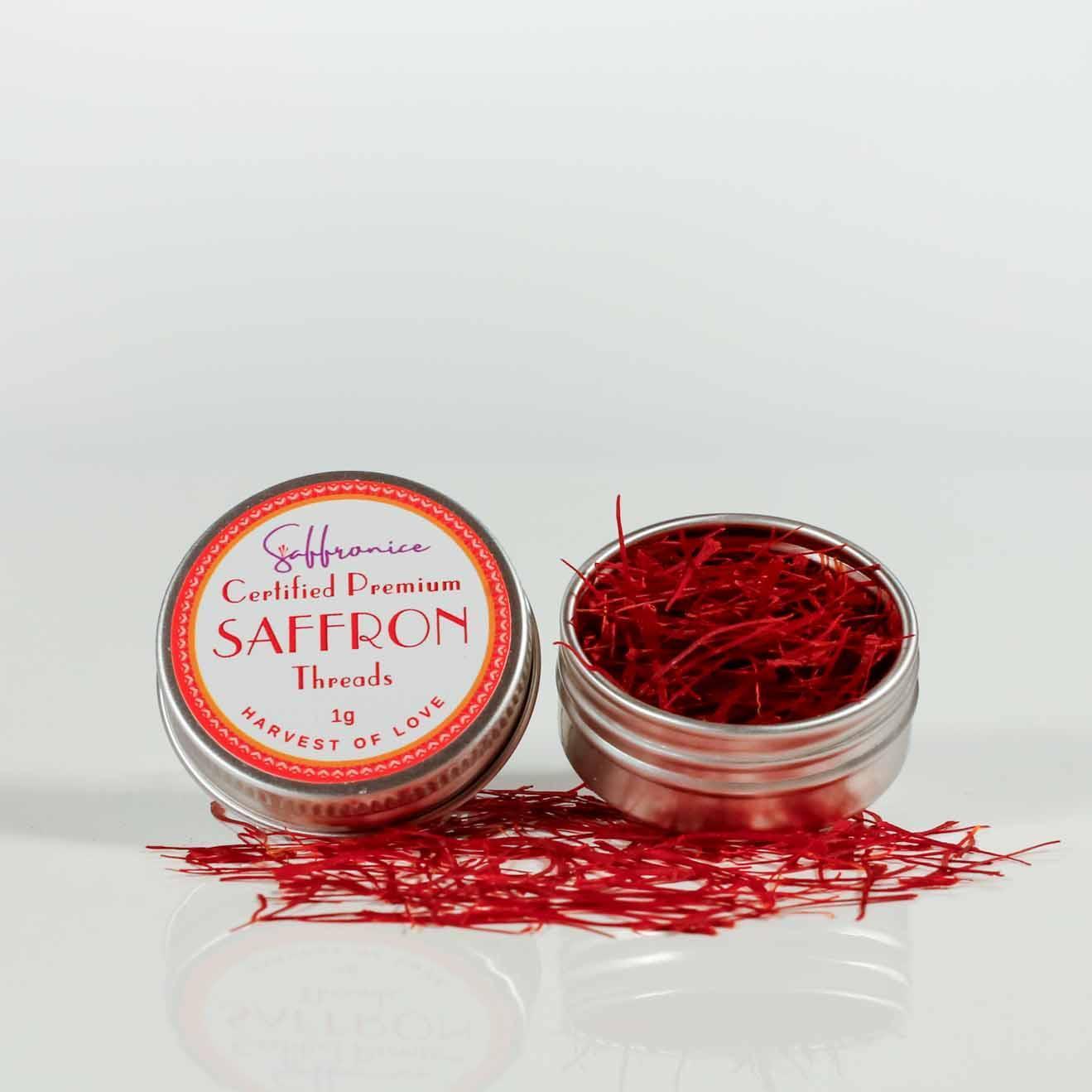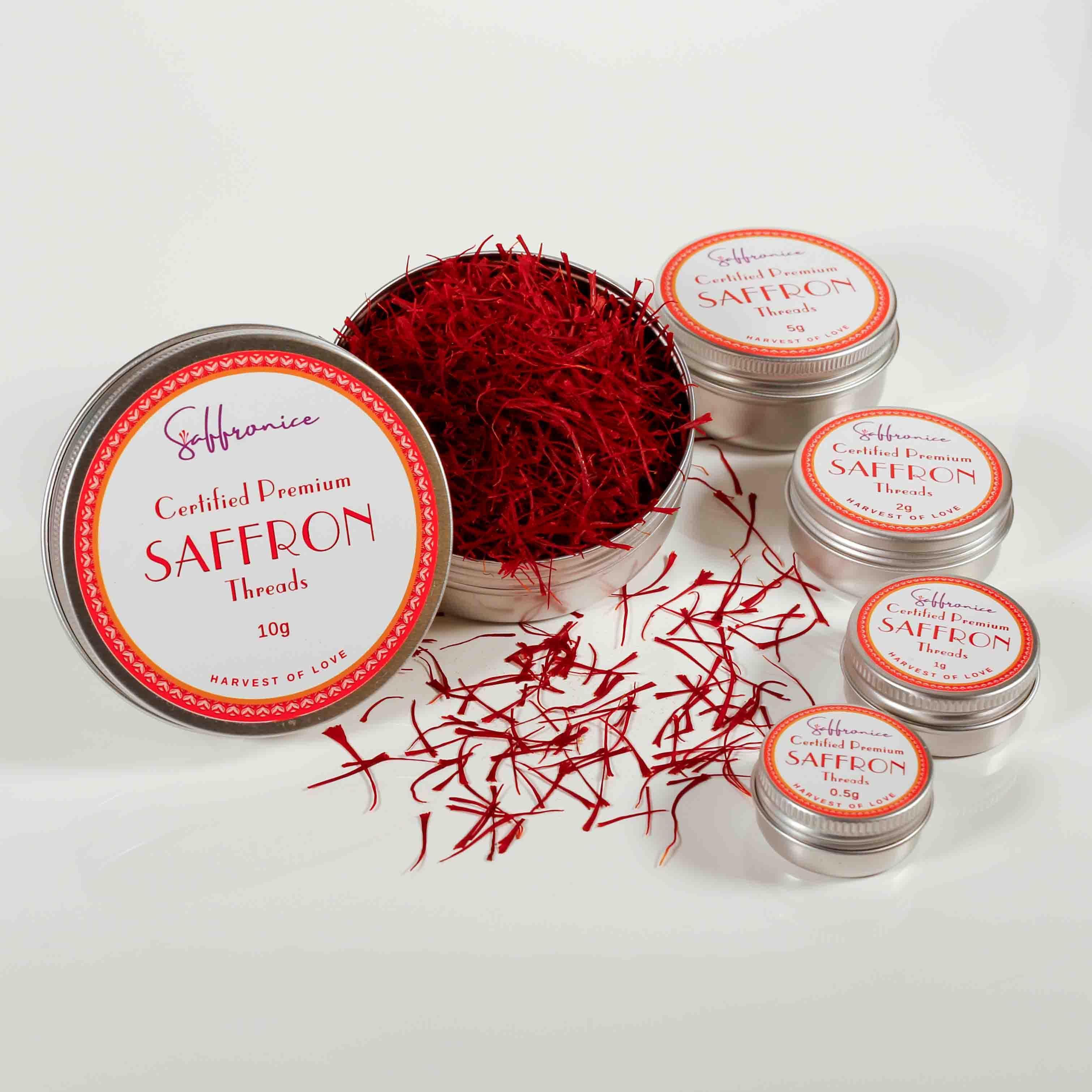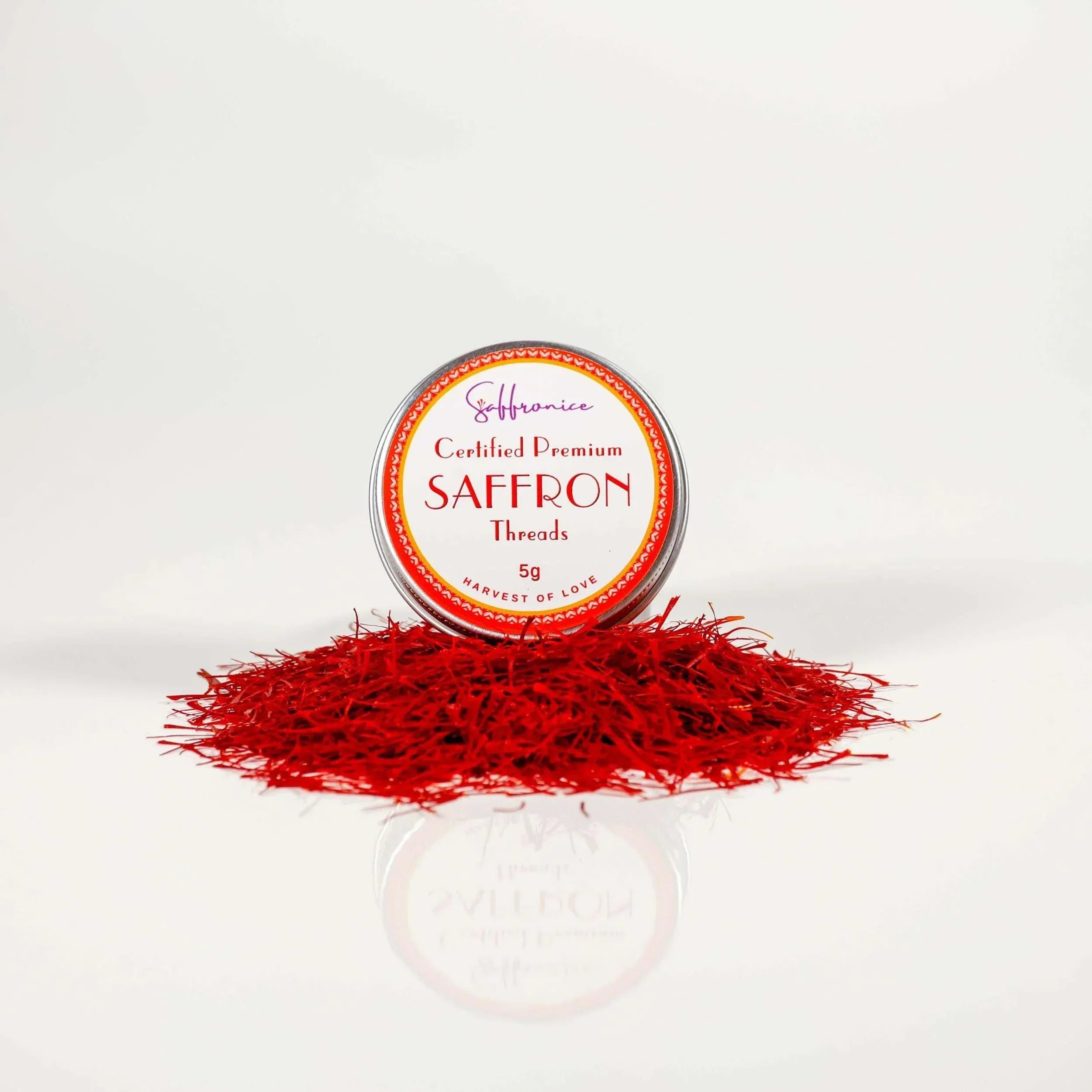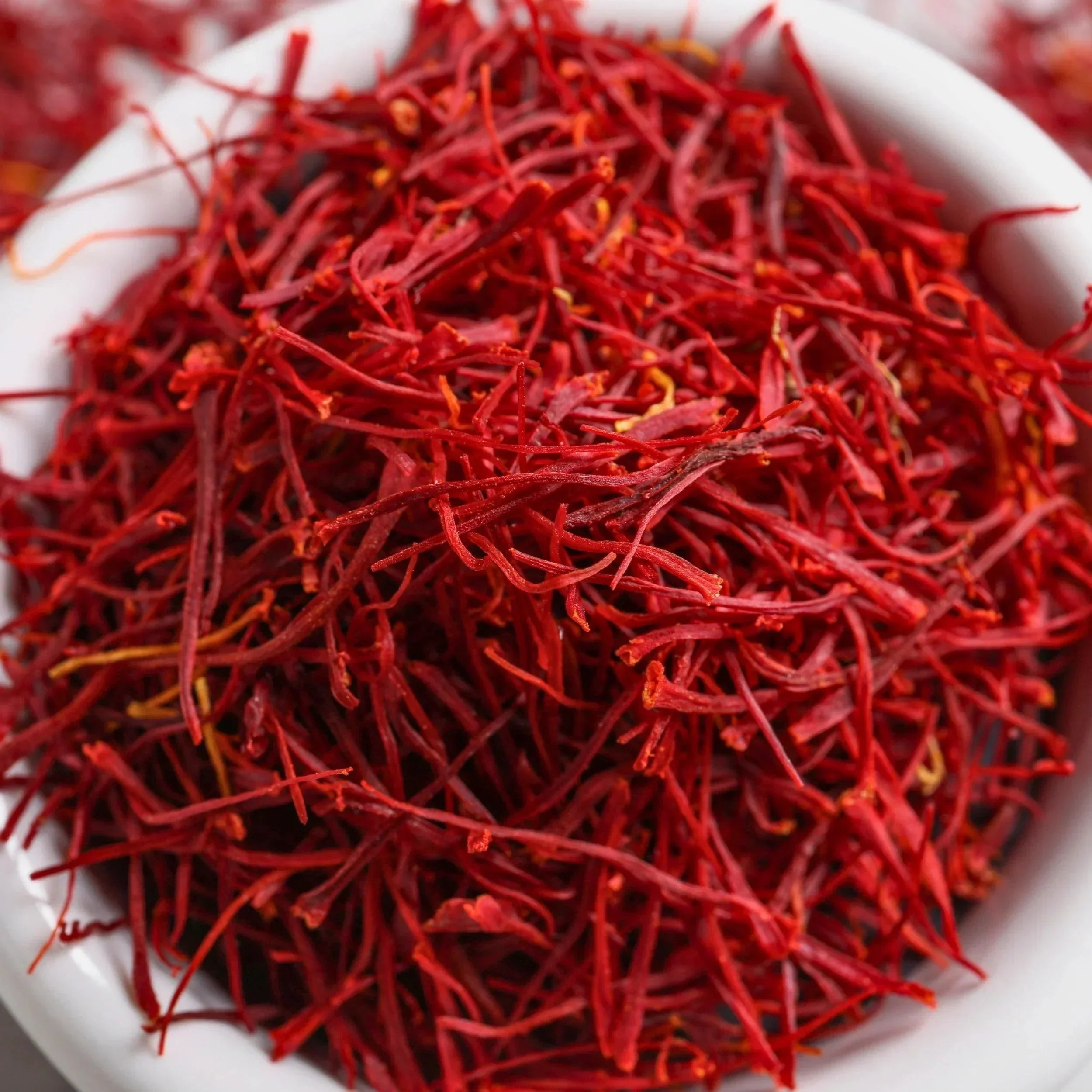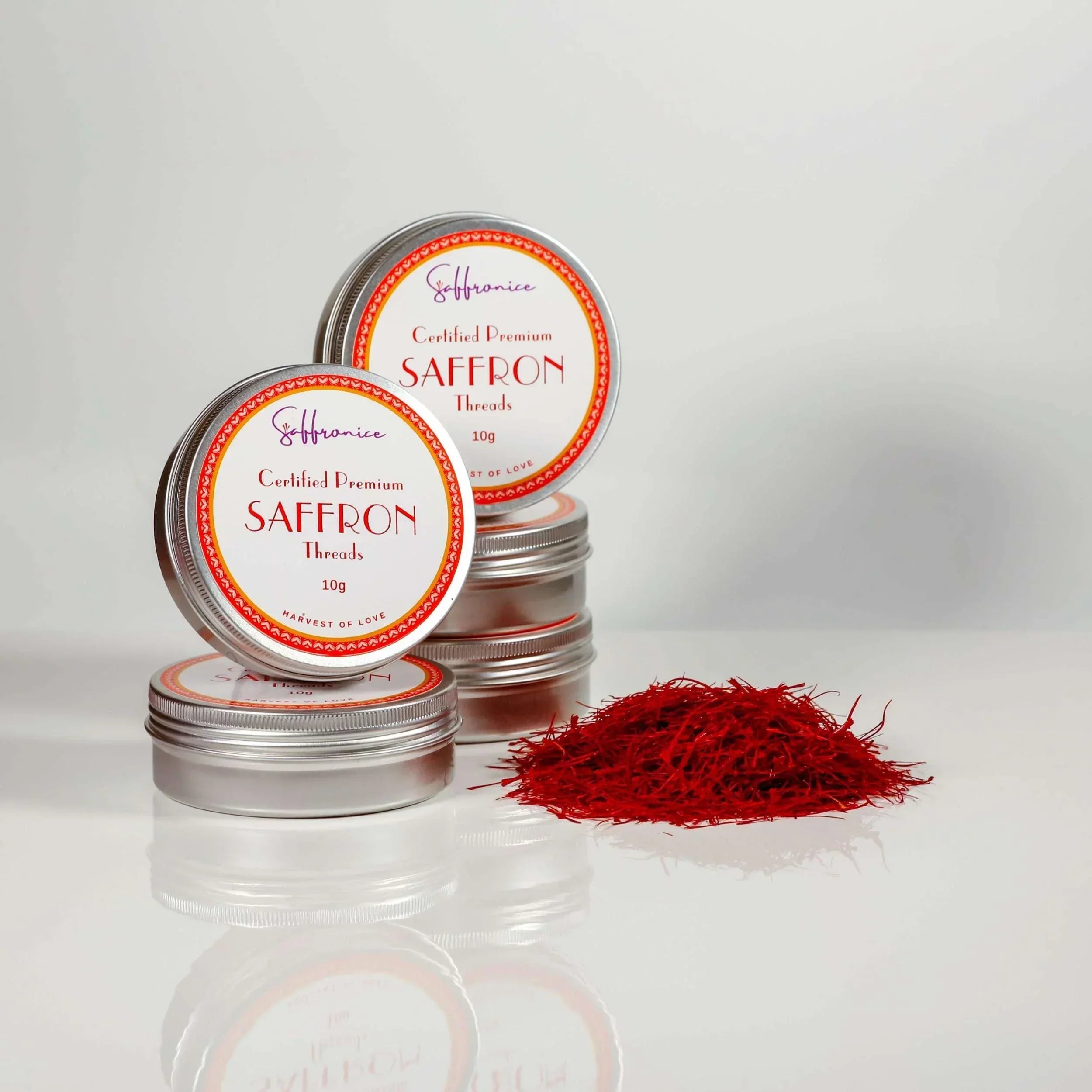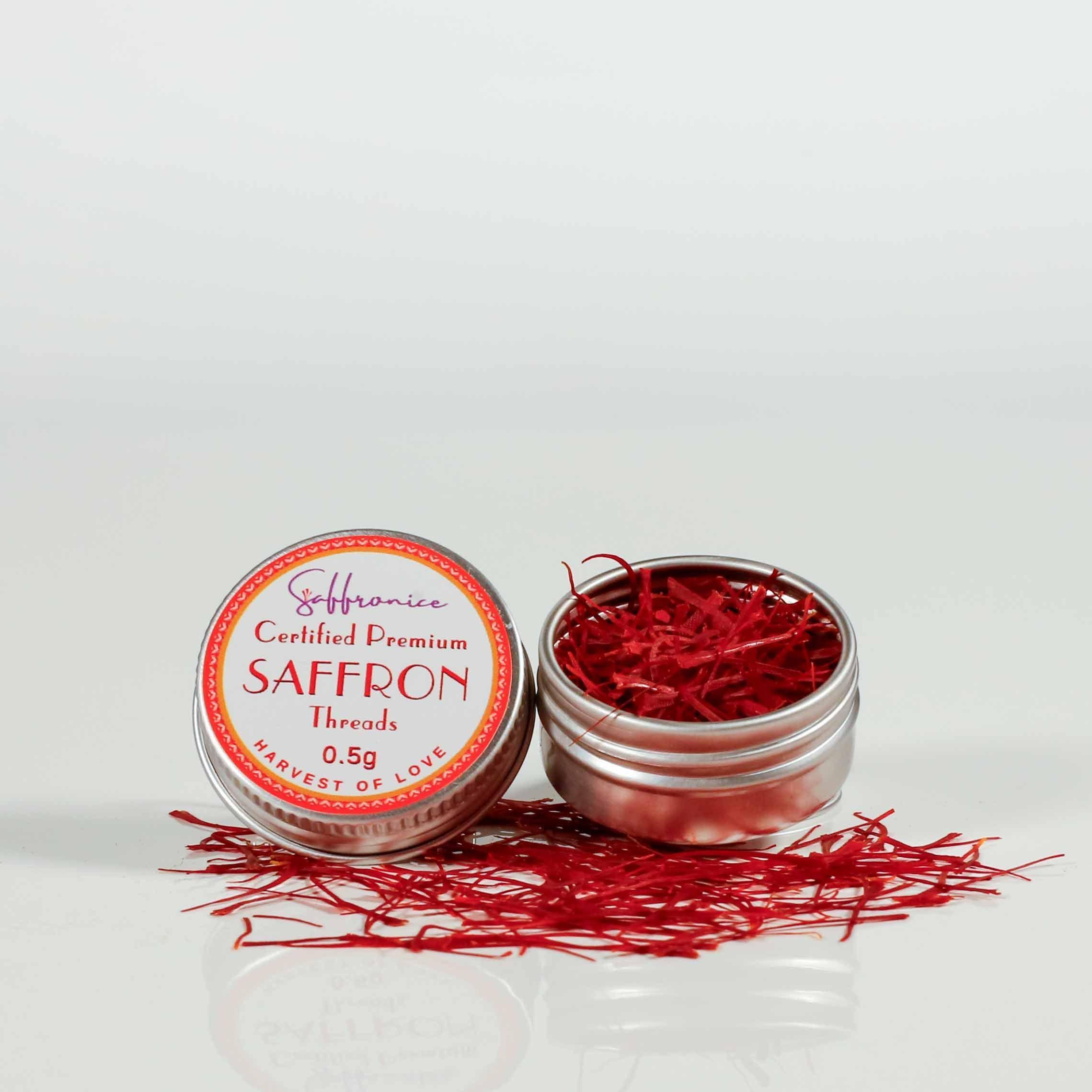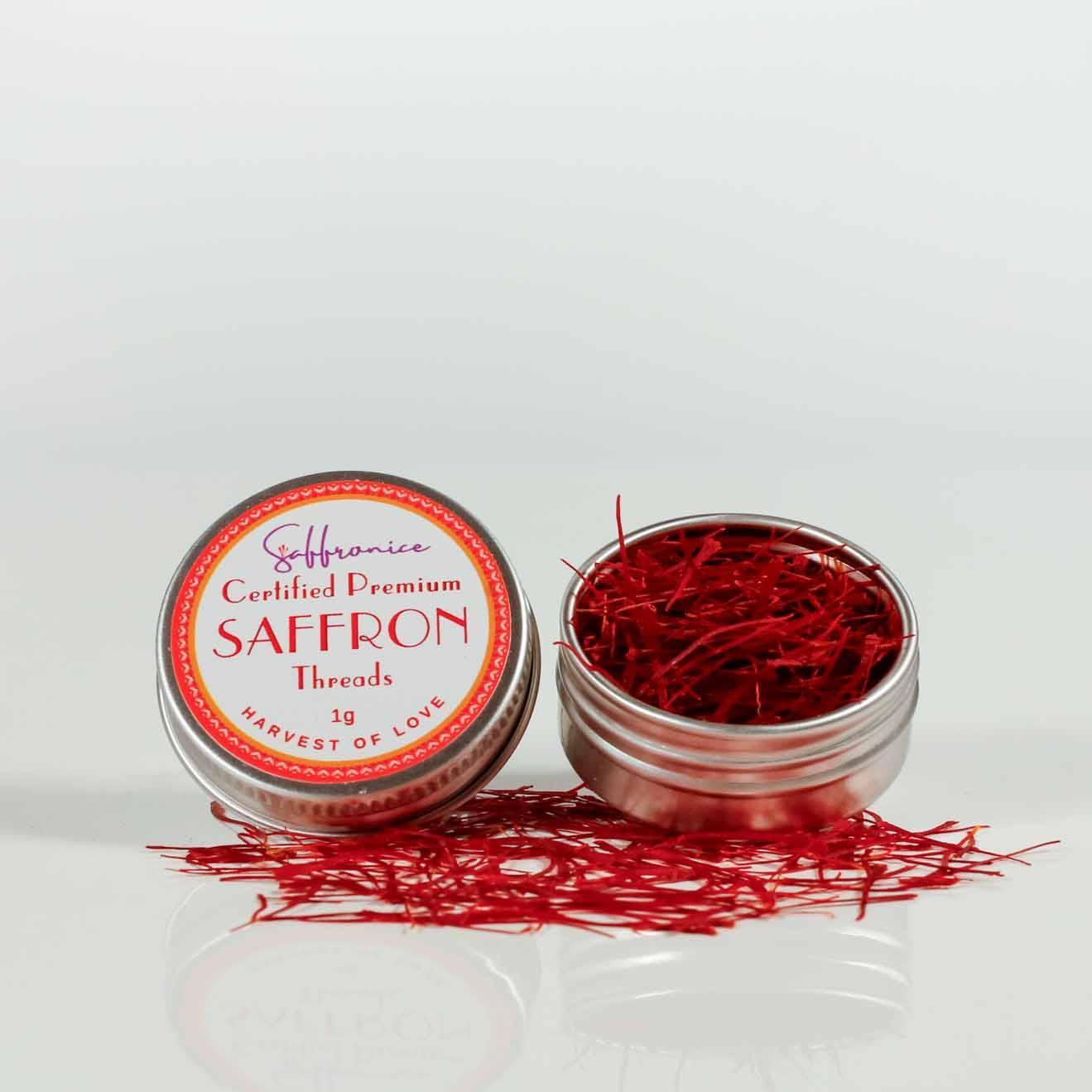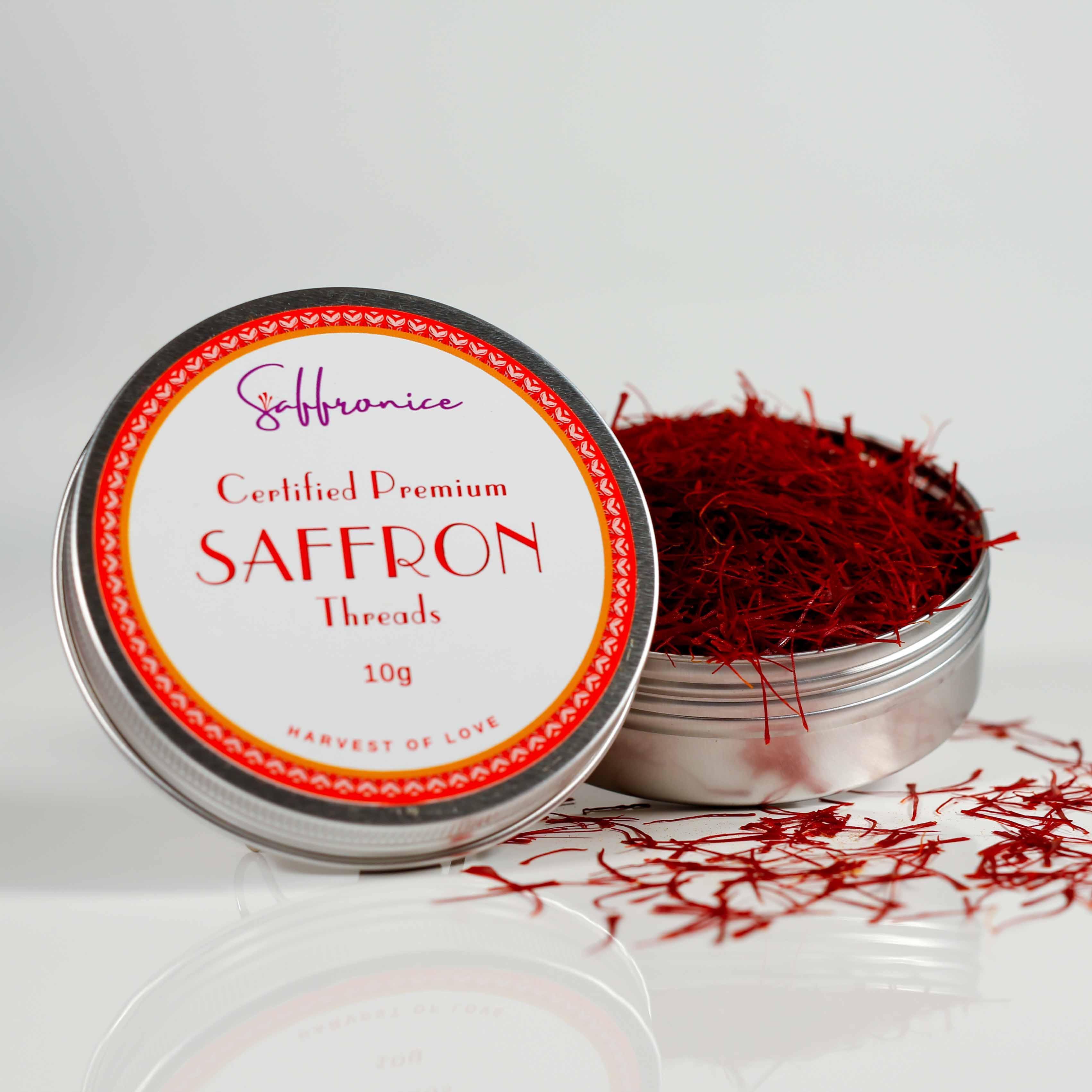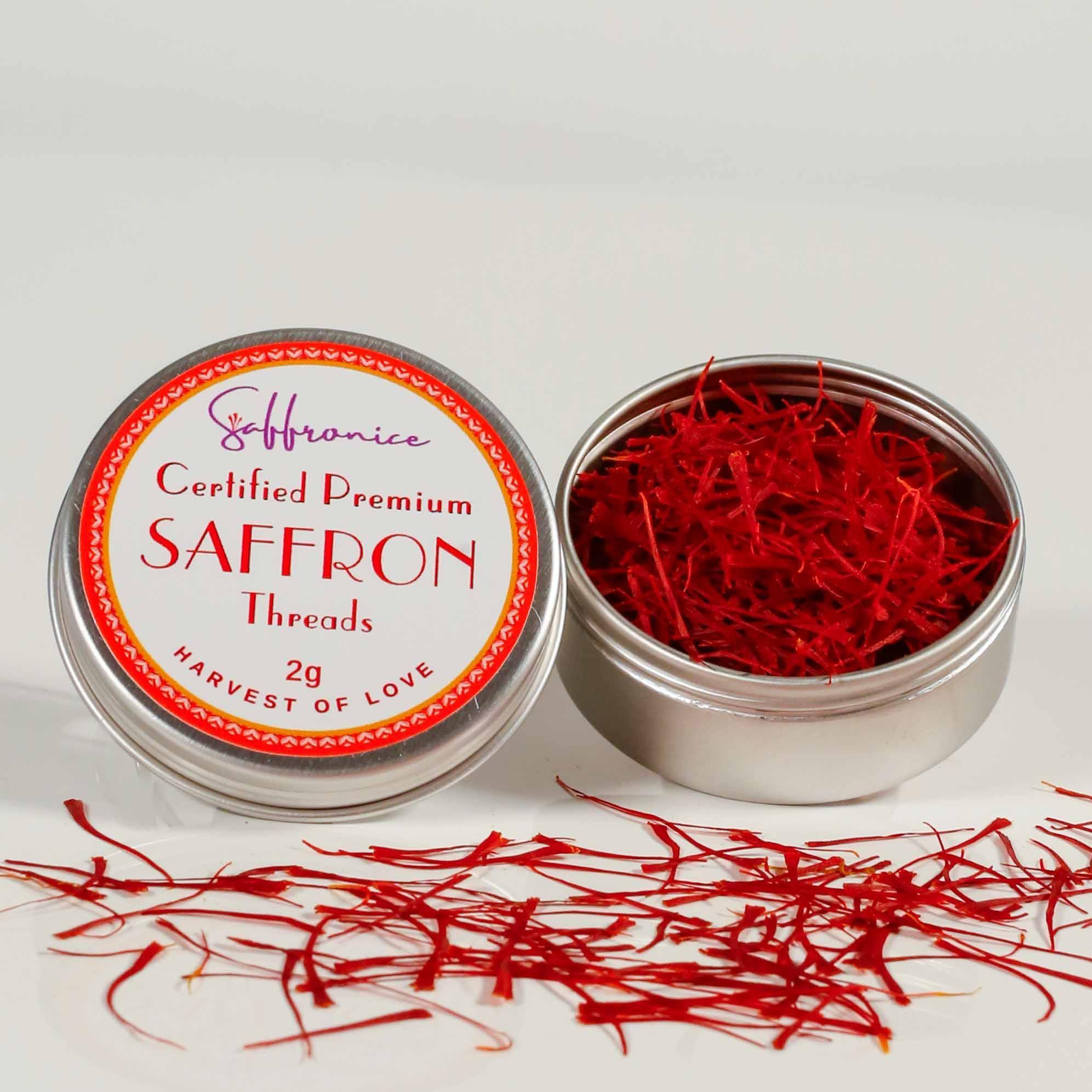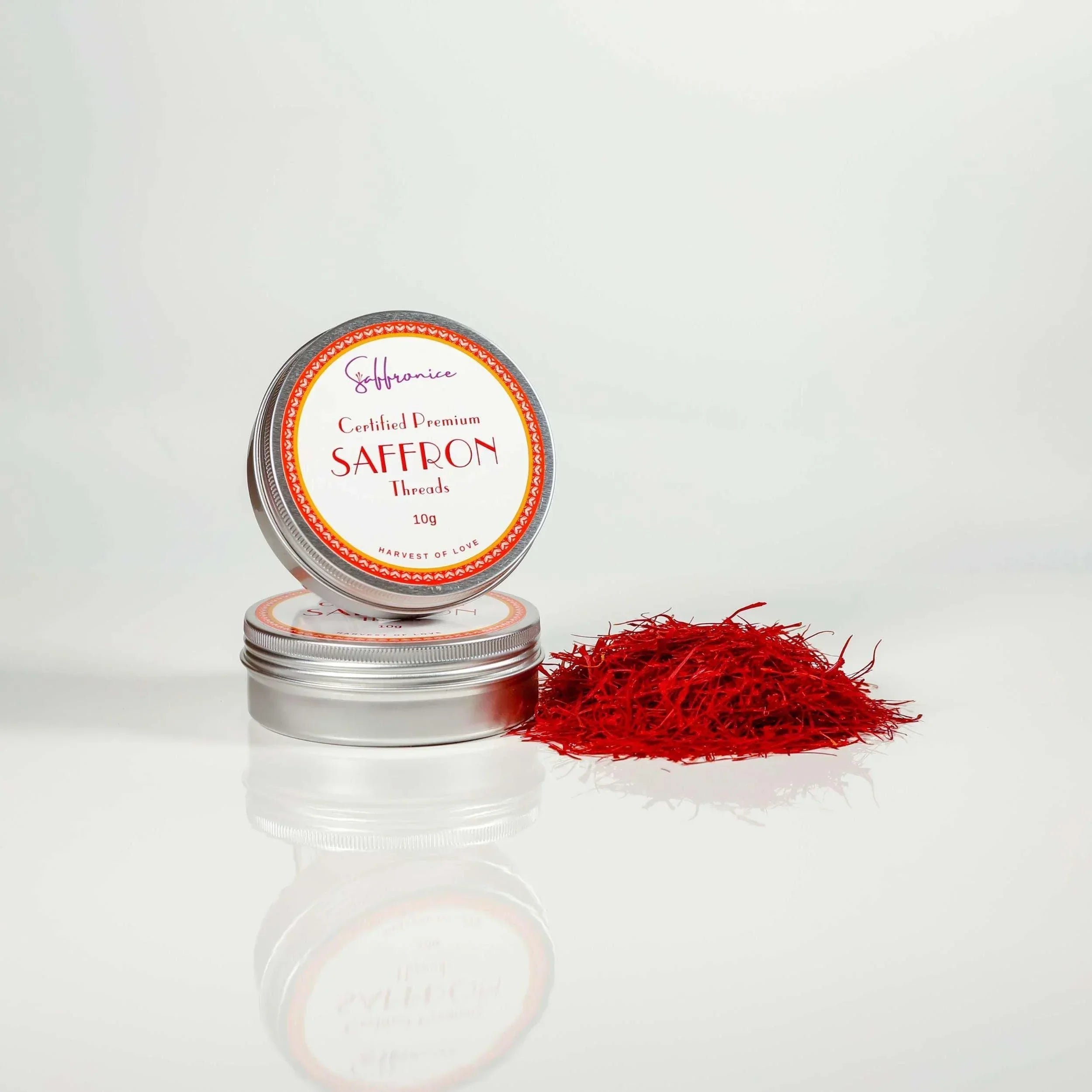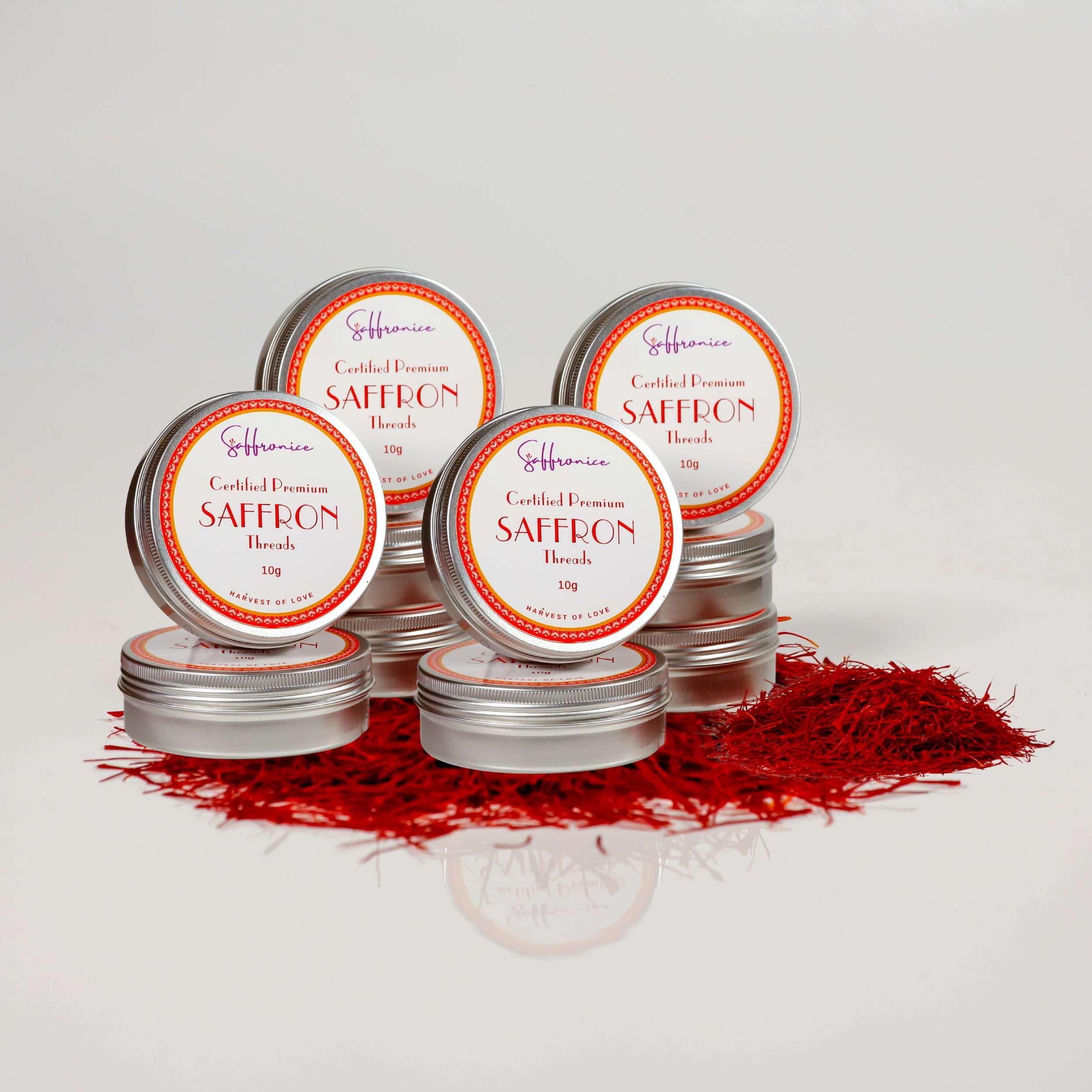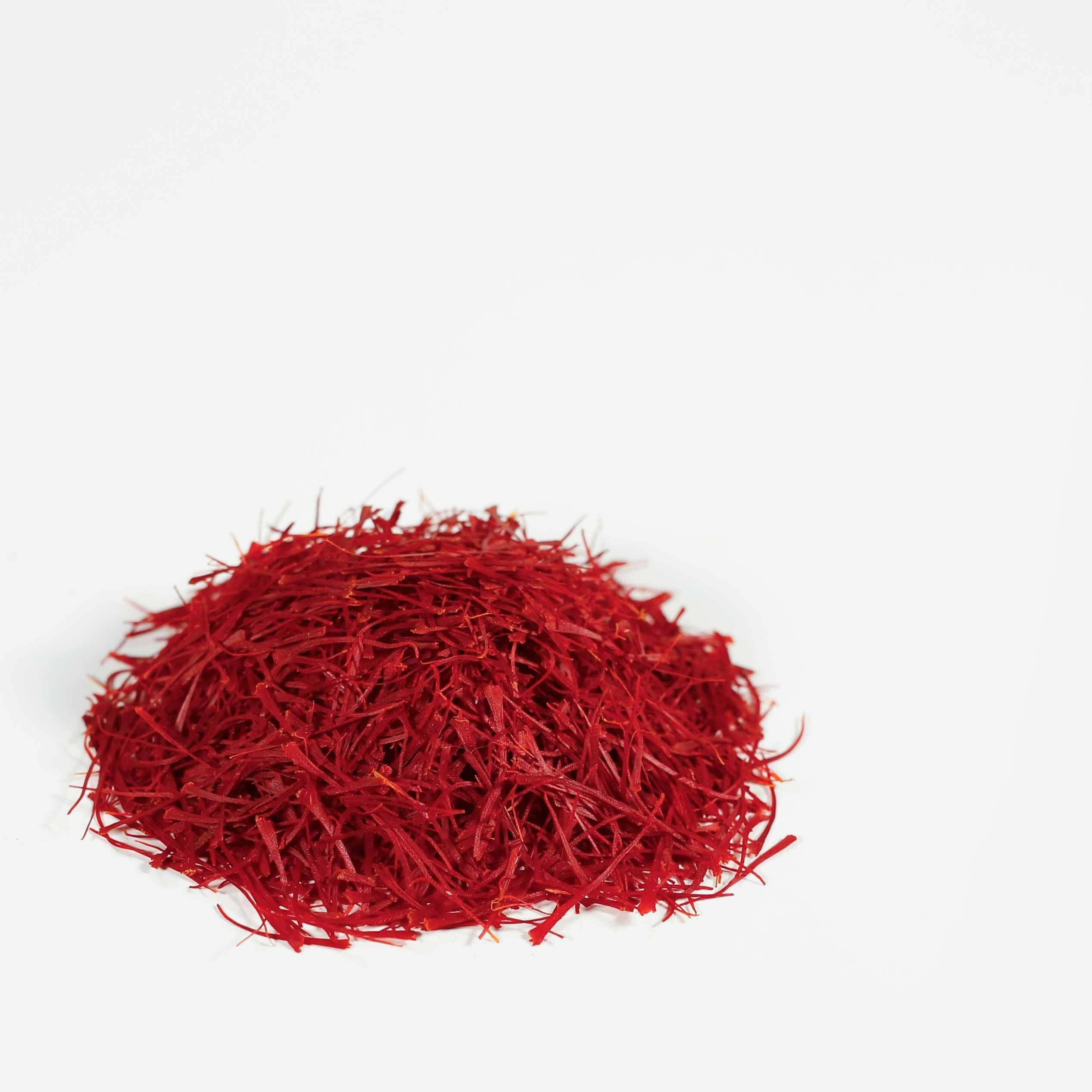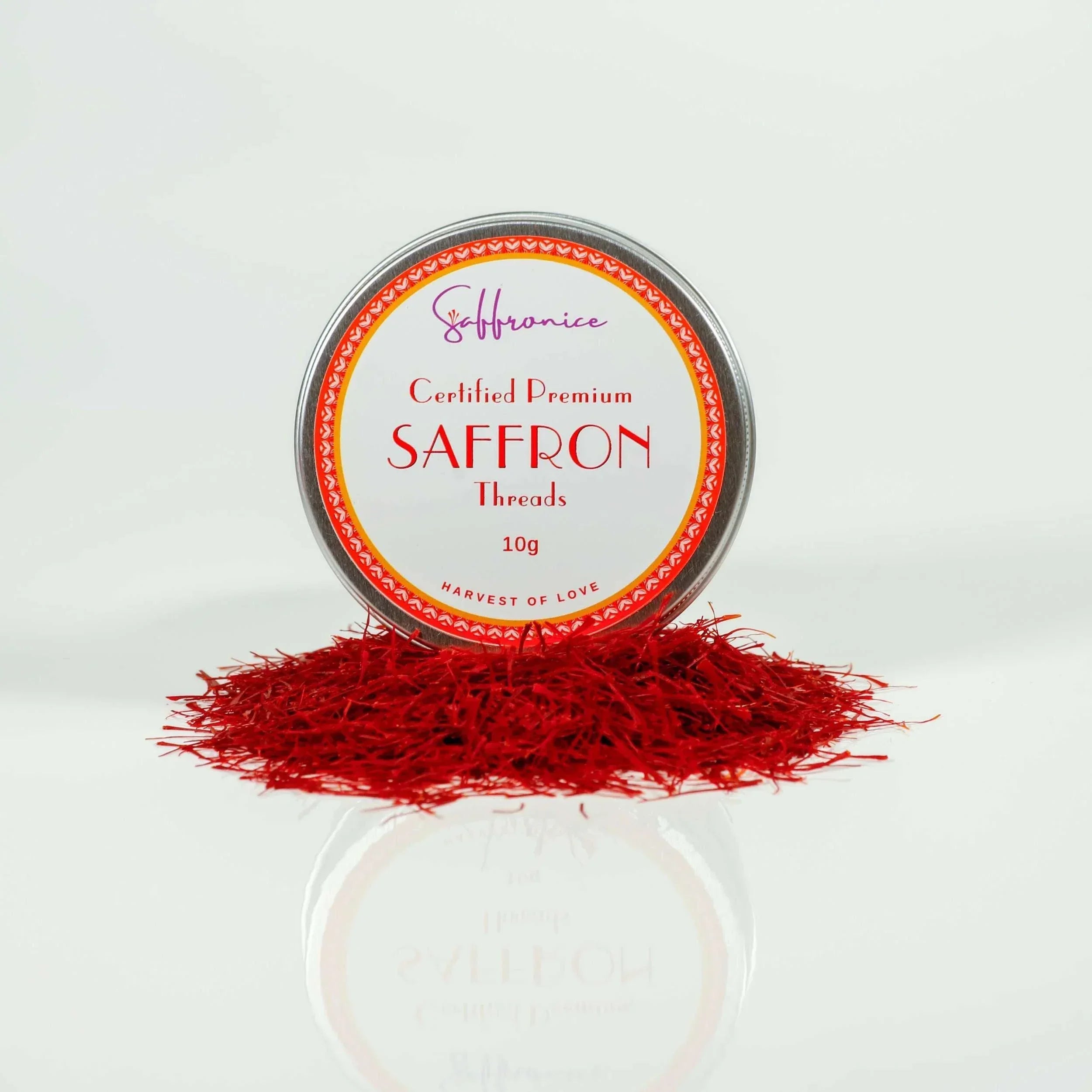Unveiling the Global Dominance of Iranian Saffron
Have you ever wondered why Iranian saffron is hailed as the king of spices? Well, here's a little secret: over 90% of the world's saffron comes from the rolling fields of Iran. It's like discovering that your favourite chocolate is mainly made from cocoa beans from a single country - surprising, right?
Iran's Saffron: The Undisputed Champion

Let me take you on a quick journey to the bustling bazaars of Tehran. Imagine the vivid red strands of saffron, each a tiny treasure, filling the air with a sweet and earthy aroma. It's not just a spice here; it's a part of life. I remember my first visit – I was mesmerised by the sheer volume and quality of saffron. It's a sensory overload in the best possible way!
A World of Saffron
But hey, it's not just about Iran. Countries like Spain, India, North Africa, Greece, and the United States are also in the saffron game. Each place adds its own twist to saffron cultivation, much like how different regions influence the taste of wine.
I recall sipping a saffron-infused tea in a small café in Marrakech, Morocco. The saffron there had a slightly different character – a bit more earthy, less floral than its Iranian counterpart. It's fascinating how the same spice can vary depending on where it's grown.
Why Iran Reigns Supreme
So, what makes Iranian saffron stand out? It's all about the perfect combination of climate, soil, and age-old expertise. Iran has nailed this trifecta, giving it an edge in producing rich saffron in colour, aroma, and flavour.
Think of it like this: you can grow tomatoes in your backyard, but will they taste as good as the ones grown in the perfect conditions of Italy? Probably not. It's the same with saffron – Iran's got the ideal setup.
A Spice Like No Other
Whenever I cook with Iranian saffron, I'm reminded of its distinctiveness. A few strands can transform a simple dish into something extraordinary. It's not just a spice; it's a story in each thread, a history of land cultivating this golden treasure for centuries.
Exploring the Distinction: Persian Saffron vs. World Varieties

The Saffron Spectrum: More Than Just a Spice
Diving into the world of saffron is like becoming a wine connoisseur. Each variety has its own unique profile. Take Persian saffron, for instance. It's often hailed as the crème de la crème of saffron. Why, you ask? Let me paint you a picture.
The Persian Pride: A Cut Above
I remember chatting with a saffron farmer during my travels in Iran. He told me something that stuck with me: "Our saffron is not just a product; it's our heritage." And he's right. Persian saffron stands out for its intense colour, robust flavour, and fragrance, a heady mix of sweet and earthy. This superiority isn't just talk; it's backed by the ISO 3632 standard. Persian saffron consistently ranks at the top in this international quality benchmark, surpassing others by a significant margin.
A World of Flavors: Global Saffron Varieties
But let's remember saffron from other parts of the world. Each region brings something unique to the table. Indian saffron, often known as Kashmiri saffron, has a subtle, slightly grassy flavour. The Greek variety, on the other hand, leans towards a more floral aroma. And then there's Spanish saffron, commonly used in paella, known for its vibrant colour and slightly bitter undertones.
Iran's Secret: Nature and Nurture
So, what's Iran's secret? It boils down to a perfect storm of ideal growing conditions and centuries of cultivation expertise. The Iranian climate provides the perfect sun, soil, and temperature balance, creating a nurturing cradle for saffron crocuses.
Diversity Within: The Many Faces of Iranian Saffron

But here's something you should learn: even within Iran, there are various saffron types. Each type offers a different aspect of this cherished spice, from the delicate threads of the Super Negin grade to the potent Sargol. It's like discovering different shades of your favourite colour.
Saffron: The Fine Wine of Spices
The Elite Club of Saffron Producers
Imagine saffron as the fine wine of the spice world. Just like only certain regions can boast of producing the best wines, only a handful of places on our vast planet have the magic touch to grow premium saffron. It's a particular club, and not everyone can be a member!
Saffron Crocus: A Delicate Dance with Nature
Let's talk about the saffron crocus for a moment. These little plants are like the prima ballerinas of the spice world. They need everything to be perfect – the soil can't be too sandy or too clayey, and the water has to be just right, not too much or too little. And the sun? Well, it's got to shine, but not too harshly. Nature strikes a delicate balance with precision in these blessed regions.
The Terroir of Saffron
Ever heard the term 'terroir' used for wine? It's all about how a particular region's climate, soils, and aspects affect the taste of wine. Guess what? The same applies to saffron. The soil quality, trace minerals, the purity of water, the air quality, and the amount of sunlight – every little element plays a part in giving saffron its unique characteristics.

A Symphony of Elements
When I visited a saffron farm in Iran, the farmer described it beautifully, "Growing saffron is like conducting a symphony. Every element of nature plays its part, and we, the farmers, are the conductors." This stayed with me because it's so true. The final quality of saffron is not just about the crocus; it's about how all these environmental factors come together in harmony.
So next time you hold a strand of saffron, think about the symphony of nature that brought it to you. Every element, from the soil to the sunlight, has a story to tell, contributing to the rich, luxurious spice we all love. It's not just a spice; it's a testament to the beauty and complexity of nature.
Iran's Natural Bounty: A Haven for Saffron
The Perfect Setting for the Red Gold
Iran's landscape is like a masterfully painted canvas for saffron cultivation. This magical blend of natural elements makes Iran a haven for saffron, often called 'red gold'. Let me tell you, seeing the endless saffron fields under the Iranian sun is a sight to behold!
Nature's Recipe for Perfection
In Iran, every element conspires to nurture the saffron crocus. The semi-arid lands, particularly in regions like Khorasan, provide just the right amount of dryness and heat – critical ingredients for quality saffron. When I visited these fields, the farmers told me how even the slightest change in weather could affect the harvest. It's a delicate dance with nature that they've mastered over centuries.

A Blend of Tradition and Terroir
What's fascinating is how this perfect environmental setup blends with tradition. The soil, rich in minerals and uniquely Iranian, the crisp air, and the precise amount of sunlight create an unmatched terroir. This is not something that can be easily replicated elsewhere. Nature and history have come together to bless this land with the perfect conditions for growing the finest saffron.
The Unmatched Dominance of Iranian Saffron
Sure, you'll find saffron growing in other parts of the world, but there's a reason why Iranian saffron has such a revered status. It's not just the soil or the climate; the symphony of these elements with centuries-old farming practices that set it apart.
Saffron Cultivation: A Glimpse into Iran's Agricultural Practices
The Art of Cultivating Red Gold
In the heart of Iran's saffron farms, there's a rhythm to life that's been unchanged for centuries. Here, you'll find the essence of saffron cultivation, an art form that's as much about patience and skill as it is about the soil and the climate.
Time-Honoured Techniques vs. Modern Methods
Modern agriculture is all about efficiency and scale, but Iranian saffron farming is a different story. It's more hands-on, more personal. I remember walking through the fields in Khorasan, where farmers gently harvested saffron stigmas by hand, just as their ancestors did. There's no rush here, no machines, just a deep respect for the traditional ways.
A Symphony of Tradition and Nature
What's truly unique about Iranian saffron farming is the harmony between the farmer and the land. The farmers understand the crocus's language, the soil's whispers, and the weather's moods. They don't just grow saffron; they nurture it. It's a relationship built on generations of knowledge, passed down like a precious heirloom.
Saffron Farming: A Testament to Sustainability
Iran's saffron cultivation is a testament to sustainable practices in a world racing towards industrialised farming. There's a lesson here in how to work with nature rather than trying to control it. The result? Saffron is a spice and a story of Iran's rich agricultural heritage.
The Tradition Factor in Persian Saffron's Superiority

Centuries-Old Wisdom in Every Strand
In the vibrant fields of Iran, the art of saffron farming isn't just a practice; it's a legacy perfected over centuries. Picture this: small family farms, where each generation hands down their precious knowledge of saffron cultivation like a cherished family recipe. It's this deep-rooted tradition that elevates Persian saffron to a level of unparalleled superiority.
Family Farms: Guardians of Saffron's Soul
Visiting these farms is like stepping back in time. The farmers, with hands as weathered as the land, share stories of their ancestors - how they planted, nurtured, and harvested this 'red gold'. It's not merely about techniques; it's about honouring a way of life that has stood the test of time.
Iran's Heirloom Saffron: A Legacy Preserved
The Sacred Cycle of Cultivation
Did you know that each year's saffron crop begins with the planting of bulbs from the previous harvest? In Iran, these bulbs are more than just seeds; they're treasured heirlooms, encapsulating centuries of history and tradition.
Heirlooms of Flavor and Heritage
On my last visit to a saffron farm in Iran, a farmer showed me a bulb that had been in his family for generations. "This is not just a plant; it's our heritage," he said, his eyes gleaming with pride. These bulbs are nurtured with the utmost care, ensuring that each generation maintains Persian Saffron's high quality and unique characteristics.
The Economic Impact of Saffron in Iran

A Golden Crop Fueling the Economy
In Iran, saffron isn't just a spice; it's an economic powerhouse. Picture vast fields of purple flowers, each contributing to a multi-million-dollar industry. Saffron farming is labour-intensive, involving delicate hand-picking of flowers and precise extraction of stigmas. This process creates numerous jobs, not just in agriculture but also in processing, packaging, and distribution. Small towns and rural communities, where employment opportunities may be scarce, particularly benefit from this industry.
The Ripple Effect on Local Communities
The influence of saffron cultivation extends beyond the fields. It stimulates local economies, with markets buzzing with the trade of this precious spice. Saffron farming supports many local businesses, from those supplying farming equipment to those involved in export logistics. Moreover, Saffron's profitability encourages investments in infrastructure, improving living standards in saffron-growing regions.
The Unlikely Rivalry: Persian Saffron's Global Standing

Iran's Saffron: A Global Benchmark
While other countries produce quality saffron, Persian Saffron's millennia-old tradition and unmatched expertise set a high bar on the global stage. Its deep red colour, distinct flavour, and aromatic profile make it a sought-after ingredient worldwide, from Michelin-starred restaurants to home kitchens.
Competing on the World Stage
In the global market, Persian saffron symbolises luxury and quality. Its high demand in international markets, including Europe, Asia, and North America, underscores its global appeal. Despite competitors, Persian Saffron's reputation for quality keeps it in a league of its own.
Saffron's Role in Persian Cuisine and Culture

More Than Just a Spice
Saffron is deeply woven into the fabric of Persian culture. Its use in traditional dishes like Biryani and Saffron Rice is about flavour and preserving a rich culinary heritage. The spice is also a staple in celebrations and ceremonies, symbolising joy and prosperity.
Cultural Significance and Traditions
From Persian poetry to paintings, saffron is celebrated as a symbol of wealth and happiness. It's a joint wedding gift and a treasured ingredient in festive foods. The cultivation and use of saffron are interwoven with Persian folklore, underscoring its cultural importance.
Regional Excellence: Iran's Saffron Heartland
Khorasan: The Cradle of Saffron Excellence
Iran's Khorasan region, known for its pristine environment and fertile lands, is the heart of its saffron production. The unique climatic conditions of this region, characterised by cold winters and hot summers, provide the perfect setting for cultivating high-quality saffron.
Traditional Farming Practices in Khorasan
In Khorasan, traditional farming methods are passed down through generations. These practices, honed over centuries, contribute to the high quality of saffron produced. The region's commitment to maintaining traditional methods has made it a benchmark for saffron quality worldwide.
Khorasan's Saffron: Epitome of Quality and Tradition

A Legacy of Saffron Farming
With their commitment to traditional cultivation methods, Khorasan's small-scale farms produce saffron renowned for its superior quality. The farmers' deep respect for the land and the crop is evident in their meticulous care at every step of the cultivation process.
The Pride of Iran's Agricultural Heritage
These farms are not just agricultural sites but guardians of a rich cultural heritage. The saffron from Khorasan reflects Iran's pride in its rural traditions and its dedication to preserving these practices.
Global Saffron Trade: Iran's Position on the World Stage
Iran's Dominance in the Saffron Market
Iran's contribution to the global saffron market is significant. The country's exports of saffron reach far and wide, solidifying its position as a critical player in the global spice trade. The demand for Iranian saffron, known for its unparalleled quality, continues to grow internationally.
Competing with the World's Best
Despite the emergence of new saffron-producing countries, Iran's position remains strong. Its consistent production of high-quality saffron has helped it maintain a competitive edge in the international market.
Sustainable Practices in Saffron Production

Embracing Sustainability in Saffron Farming
Iranian saffron farmers are increasingly adopting sustainable practices. This shift includes using organic fertilisers, implementing water conservation techniques, and focusing on eco-friendly farming. These practices preserve the quality of saffron and ensure the land's long-term health.
A Move Towards Eco-Friendly Cultivation
The integration of sustainability into saffron production reflects a growing awareness of environmental issues among farmers and consumers alike. By embracing these practices, Iran positions its saffron industry for future success while protecting its natural resources.
Future Trends: The Evolution of Saffron Farming in Iran
Adapting to Technological Advancements
The future of saffron farming in Iran looks bright, with potential technological advancements poised to enhance production. These include innovations in irrigation, crop monitoring, and sustainable farming practices, all aimed at increasing yield while maintaining quality.
Preserving Tradition in the Face of Change
Even as technological advancements make their way into saffron farming, there's a strong emphasis on preserving traditional methods. This balance between innovation and tradition is vital to Iran's saffron industry's ongoing success and evolution.
Saffron Beyond the Kitchen: Medicinal Uses and Benefits

A Spice with Healing Powers
Saffron's use extends beyond culinary applications; it's also valued for its medicinal properties. Studies have shown that saffron can help with depression, PMS symptoms, and even weight loss. Its anti-inflammatory and antioxidant properties make it a subject of interest in health and wellness circles.
Integrating Saffron into Modern Medicine
As research continues, the potential for incorporating saffron into modern medical treatments grows. Its natural compounds are being studied for their therapeutic benefits, indicating a promising future for saffron in medicine.
Preserving Tradition: Efforts to Sustain Iranian Saffron Heritage

Cultural and Governmental Support for Saffron Farming
In Iran, efforts to preserve the heritage of saffron farming are supported by both cultural organisations and the government. These initiatives aim to protect traditional farming methods, ensuring this age-old practice continues for generations.
The Global Recognition of Iranian Saffron
The recognition of Iranian saffron on the global stage has also played a role in preserving its heritage. As the world continues to appreciate the quality and tradition of Iranian saffron, efforts to sustain this rich legacy gain momentum, securing its place in both Iranian culture and the global spice market.
Read other interesting blogs about Value and Heritage of Saffron.


